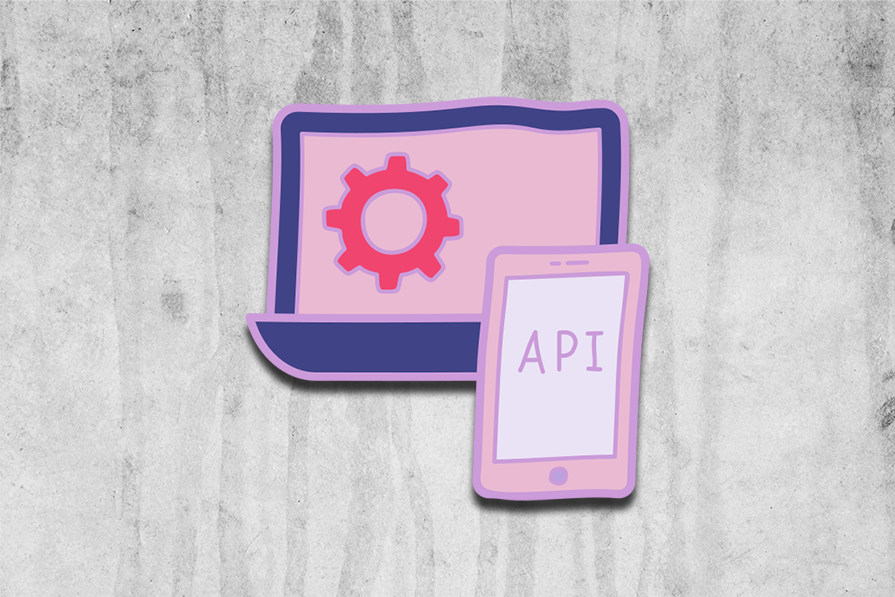
Explore five browser APIs that open up opportunities for delightful interfaces, unexpected interactions, and thoughtful accessibility enhancements.
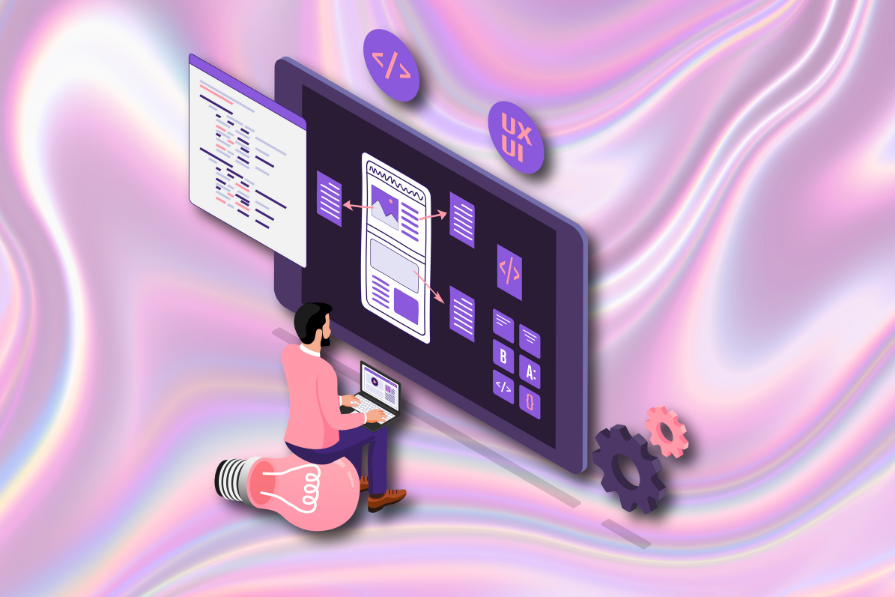
AI is reshaping UX design, but not evenly. Explore where AI genuinely accelerates research, ideation, wireframing, and writing and where human judgment still leads the way.
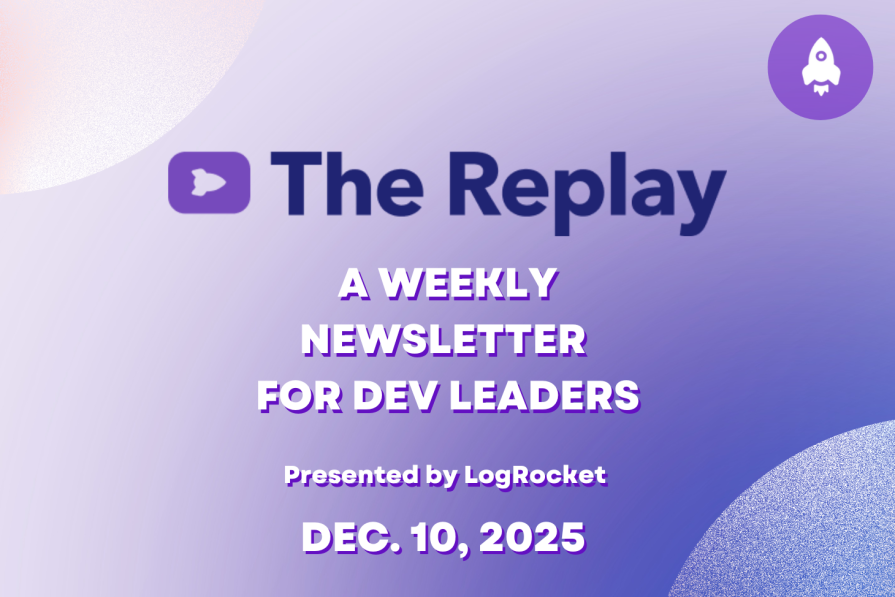
Discover what's new in The Replay, LogRocket's newsletter for dev and engineering leaders, in the December 10th issue.
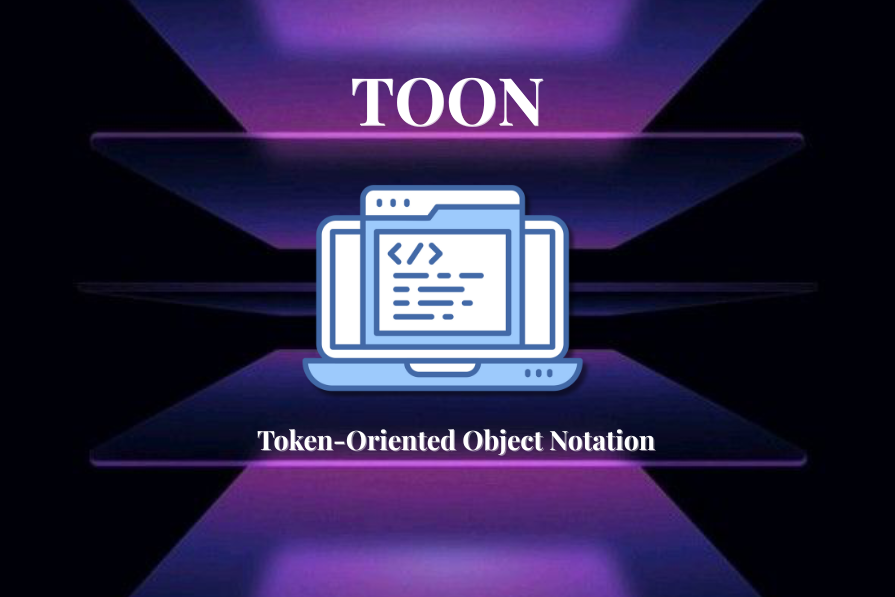
TOON is a compact alternative to JSON that cuts token usage by 30–60% in LLM prompts. This guide shows how it works, where the savings come from, and when to use it.

A practical guide for PMs who want to stop being bottlenecks, delegate smarter, and lead teams effectively with a clear ownership framework.
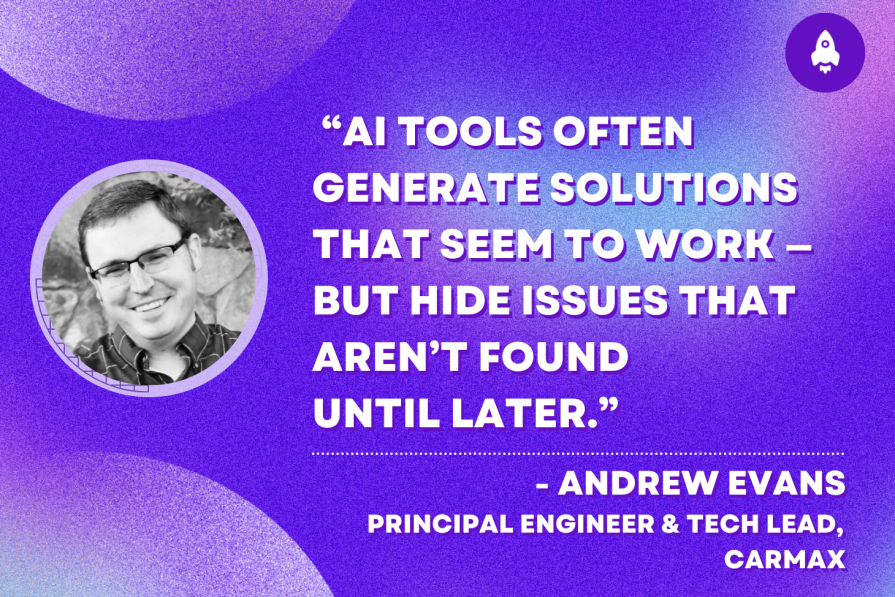
Andrew Evans, principal engineer and tech lead at CarMax discusses five ways to fix AI-generated code and help you debug, test, and ship safely.

Create Apple’s Liquid Glass UI using SVG filters, CSS, and React. Build refraction and reflection effects and optimize accessibility and performance.
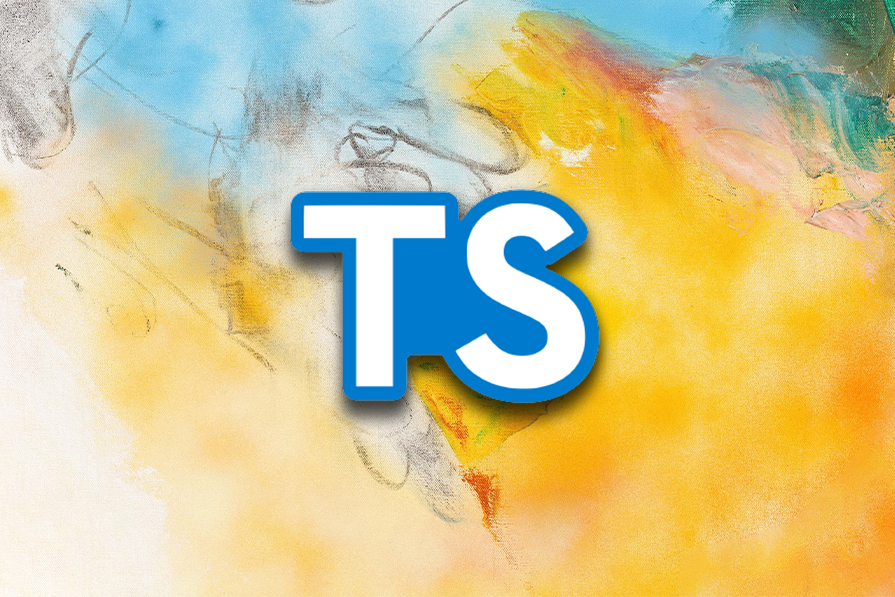
Choosing between tRPC and oRPC? This hands-on comparison explores type safety, OpenAPI support, performance, and real-world trade-offs to help you decide.
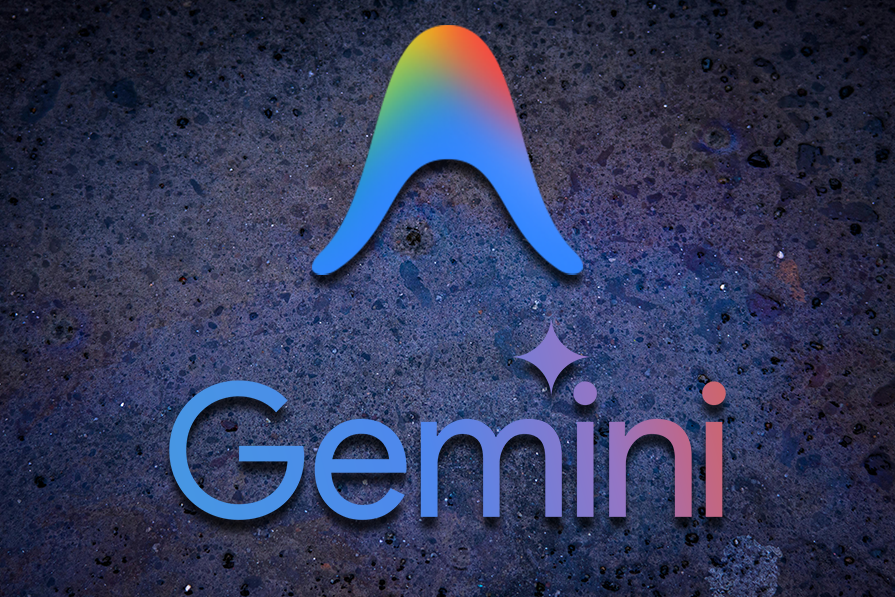
Check out Google's latest AI releases, Gemini and the Antigravity AI IDE. Understand what's new, how they work, and how they can reshape your development workflow.
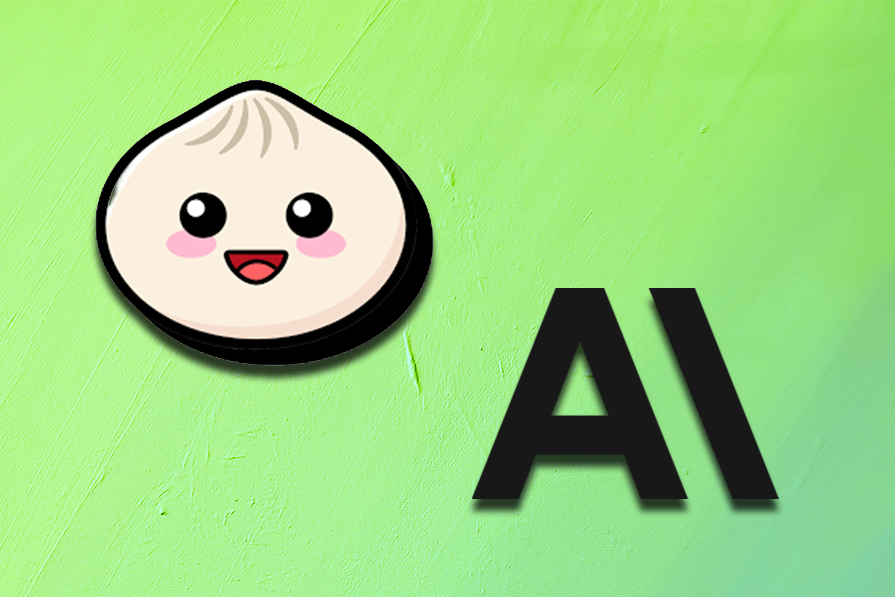
Learn about Bun 1.3, which marks a shift from fast runtime to full JS toolchain—and see the impact of Anthropic's acquisition of Bun.
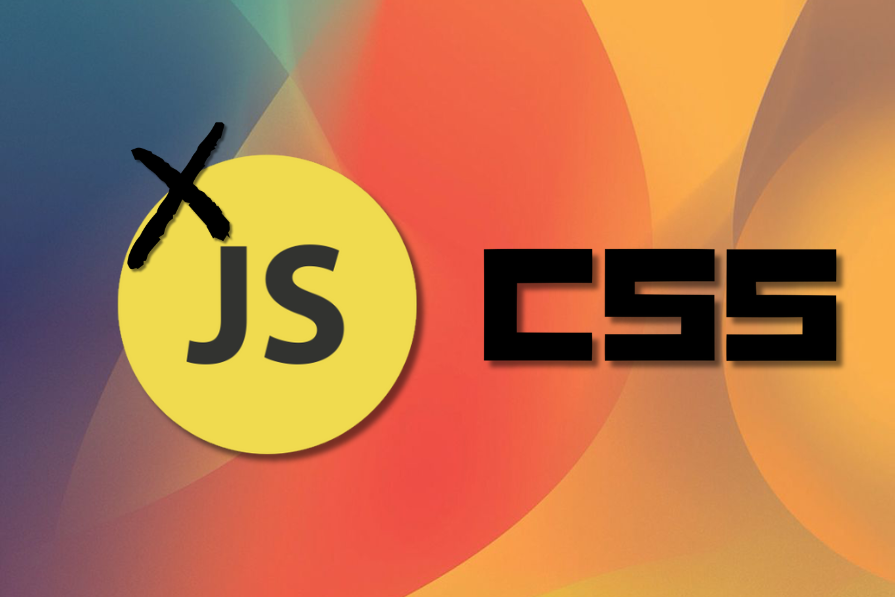
Modern CSS now solves problems we’ve relied on JavaScript for. Learn when to use content-visibility, container queries, and scroll timelines instead of JS.

Learn how to design undo, soft delete, version history, and rollback patterns with a clear decision framework that helps users recover confidently without adding unnecessary complexity to your UI.
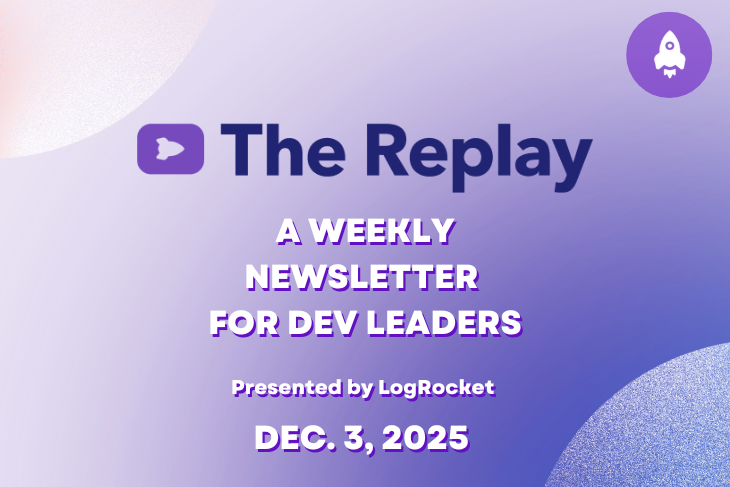
Discover what's new in The Replay, LogRocket's newsletter for dev and engineering leaders, in the December 3rd issue.
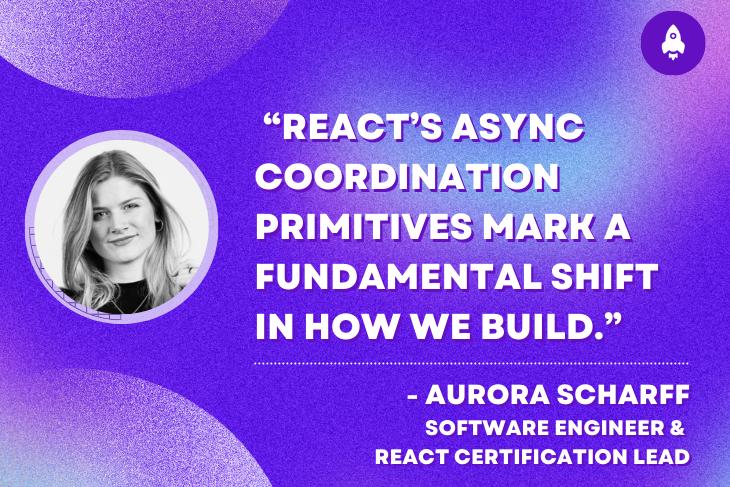
Aurora Scharff discusses React's async coordination primitives, and how React’s new era signals a fundamental shift in how devs build software.

Stop letting unreliable data block features. Treat data as inventory to track quality, ownership, and ship with confidence.

Explore TanStack DB's new feature, Query-Driven Sync, and how you can leverage it to build efficient, scalable React applications.
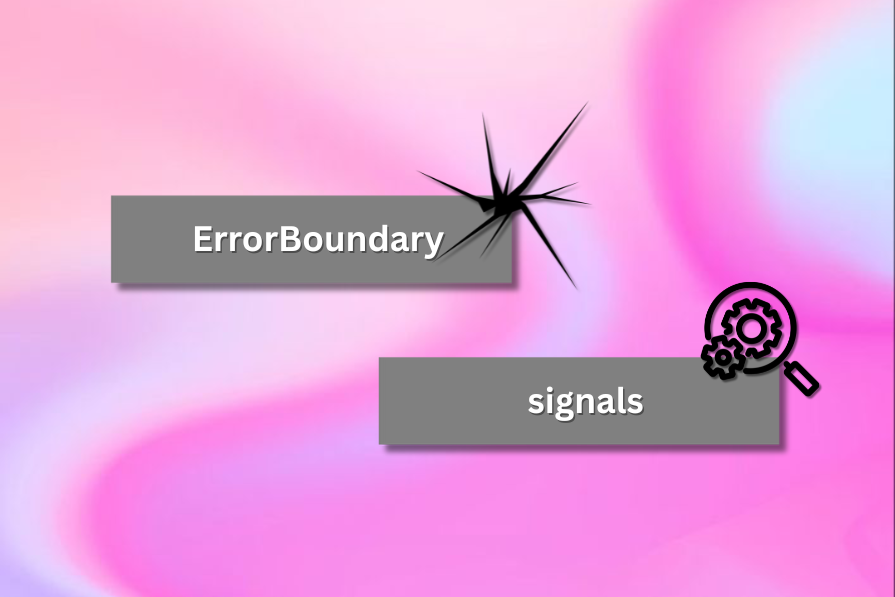
Error boundaries only catch render-time failures and fall apart in modern async UIs. Signals offer a consistent, resilient way to handle errors across your app.

Build fast, scalable UIs with TanStack Virtual: virtualize long lists, support dynamic row heights, and implement infinite scrolling with React.

CI/CD isn’t optional. Discover how automated builds and deployments prevent mistakes, speed up releases, and keep your software stable.

A hands-on comparison of five AI code review tools – Qodo, Traycer, CodeRabbit, Sourcery, and CodeAnt AI, tested on the same codebase to see which one actually delivers.
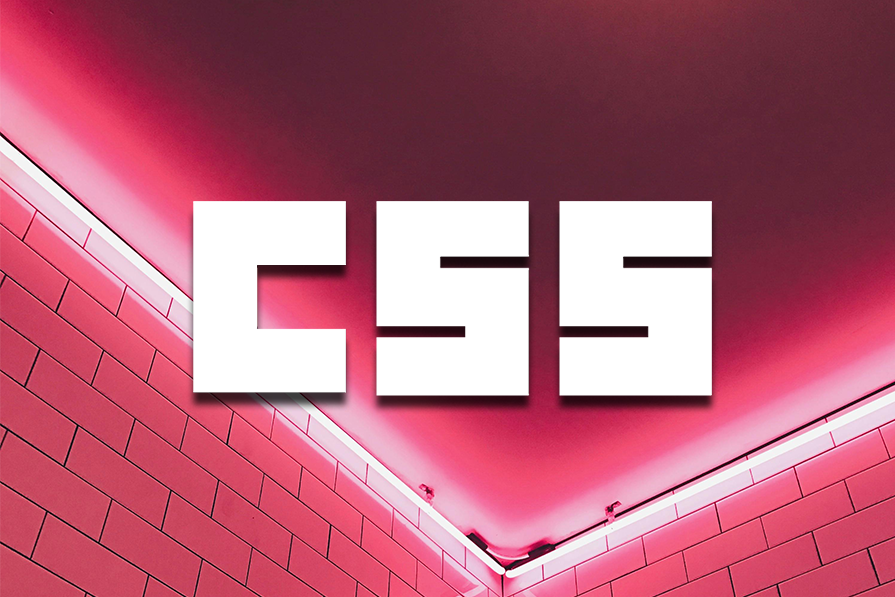
Learn about CSS's `corner-shape` and `border-radius` properties, and how to use them effectively within your code.
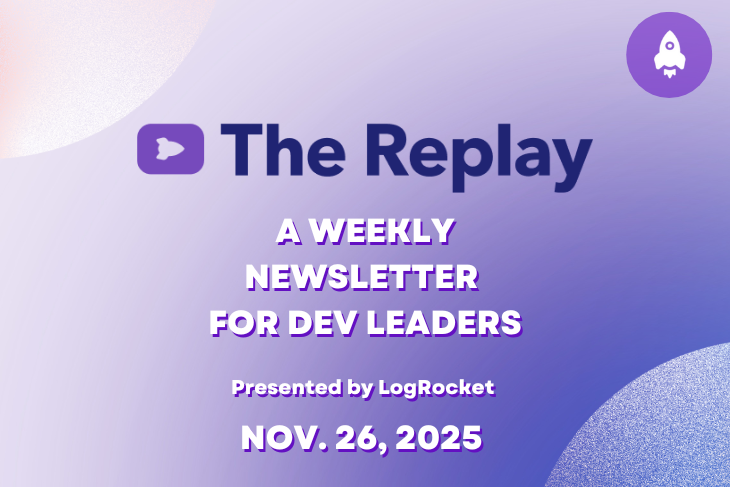
Discover what's new in The Replay, LogRocket's newsletter for dev and engineering leaders, in the November 19th issue.
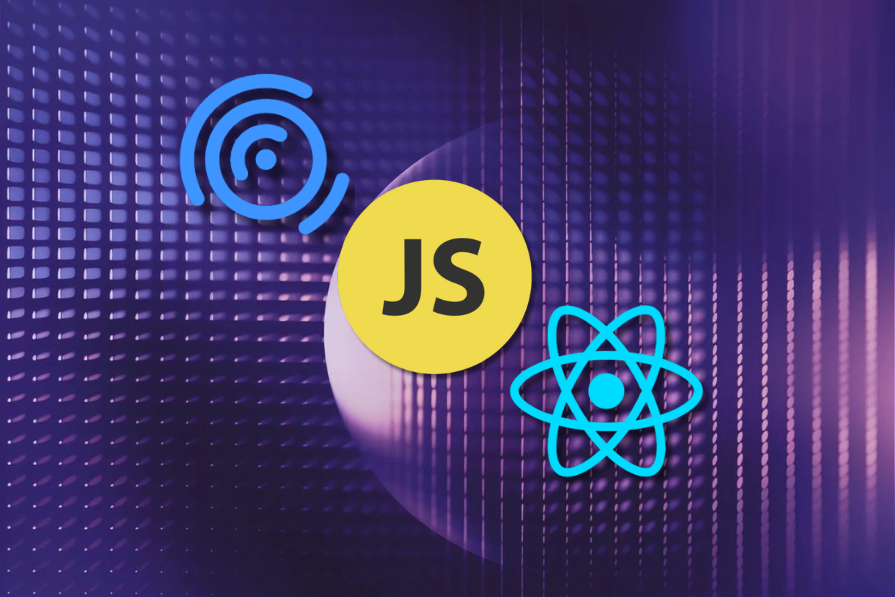
RippleJS is a new TypeScript-first UI framework built by Dominic Gannaway. Here’s how it compares to React, how its reactivity works, and why developers are watching it.
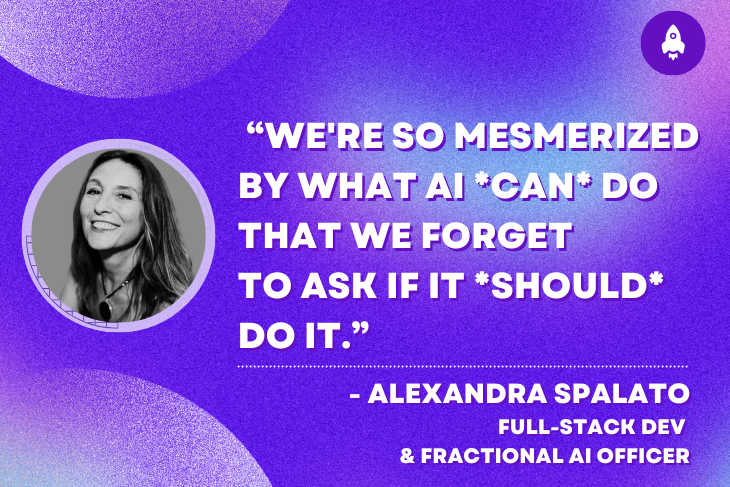
Alexandra Spalato, fractional AI officer, shares a practical framework to help devs decide when and how to use AI and agents.
この記事では、最新のJavaScriptフレームワークであるNext.jsの新機能について詳しく解説しています。特に、画像最適化機能や新しいデータフェッチングの手法が強調されており、これにより開発者はパフォーマンスを向上させることができます。また、Next.jsの新しいAPIルート機能により、サーバーサイドでのデータ処理が簡素化され、開発の効率が向上します。さらに、TypeScriptのサポートが強化され、より安全なコーディングが可能になっています。これらの機能は、特に大規模なアプリケーションの開発において、開発者にとって大きなメリットをもたらします。 • Next.jsの新機能として画像最適化機能が追加された。 • 新しいデータフェッチング手法により、パフォーマンスが向上する。 • APIルート機能の追加でサーバーサイドのデータ処理が簡素化された。 • TypeScriptのサポートが強化され、安全なコーディングが可能になった。 • これらの機能は大規模アプリケーションの開発において特に有用である。
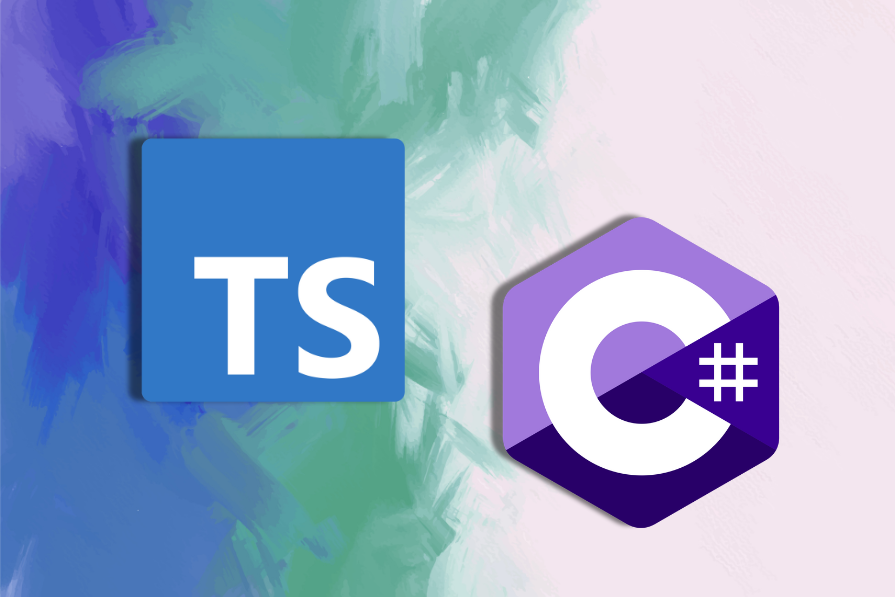
Learn how C# habits can trip you up in TypeScript, and how discriminated unions and literal types help you model state more clearly.

Learn why slide decks slow teams down and explore better tools like whiteboards, PRDs, and prototypes to improve collaboration and alignment.
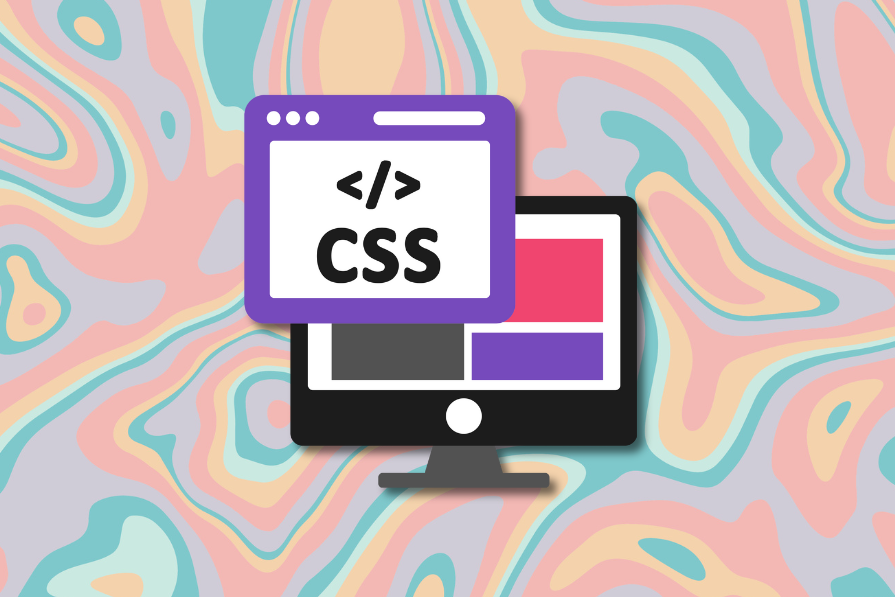
Avoid CSS collisions and style drift in your micro frontend architecture. This guide shows how to scale CSS cleanly using tokens and isolation patterns.

From neon palettes to pixel art, retro design is returning. Explore its impact on engagement, brand identity, and usability in the 2020s.

Explore the defining traits of 90s website design — from maximalist aesthetics and GIFs to skeuomorphism — and how these experimental elements shaped modern UX and nostalgia-driven design.

Discover how using nostalgic design elements can deepen user connection, increase trust, and make your interfaces more engaging — without sacrificing usability.

Discover practical ways to blend nostalgic web design with today’s UX standards, balancing retro flair with responsive layouts, hierarchy, and accessibility.

Learn what maximalism meant in 90s web design and how its flashy, crowded aesthetics contrast with today’s minimalist UX standards.

The 90s were chaotic, creative, and foundational. Explore how early web design experiments evolved into today’s UX best practices.

6. AI isn’t replacing designers, but it is upgrading workflows. Here are my go-to Figma plugins that make every stage of UX design smoother.

Learn how ChatGPT's new browser Atlas fits into a frontend developer’s toolkit, including the debugging and testing process.

Modern UI architecture is shifting from reactive layers to component-level composition. Learn why colocated data, server components, and BFF patterns matter.

AI PM roles are evolving fast. Learn the five types of AI PMs, the skills they need, and how they shape AI products across industries.
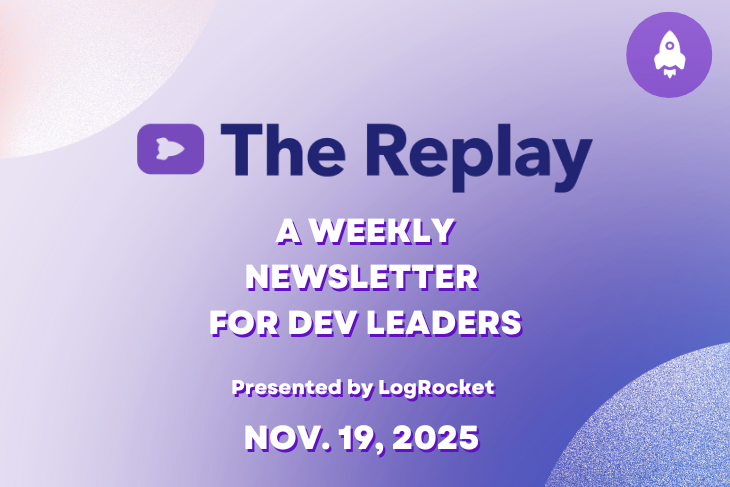
Discover what's new in The Replay, LogRocket's newsletter for dev and engineering leaders, in the November 19th issue.
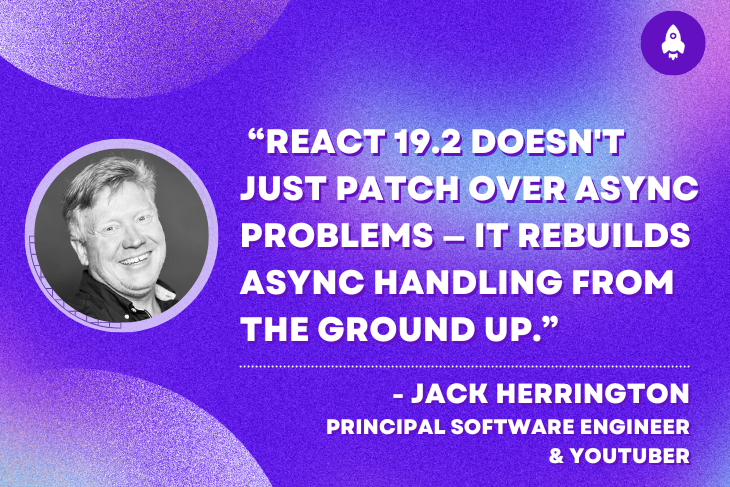
Jack Herrington writes about how React 19.2 rebuilds async handling from the ground up with use(), , useTransition(), and View Transitions.

Stop guessing what users will do. These 14 cognitive principles reveal how people really think and how you can design experiences that work with their brains, not against them.
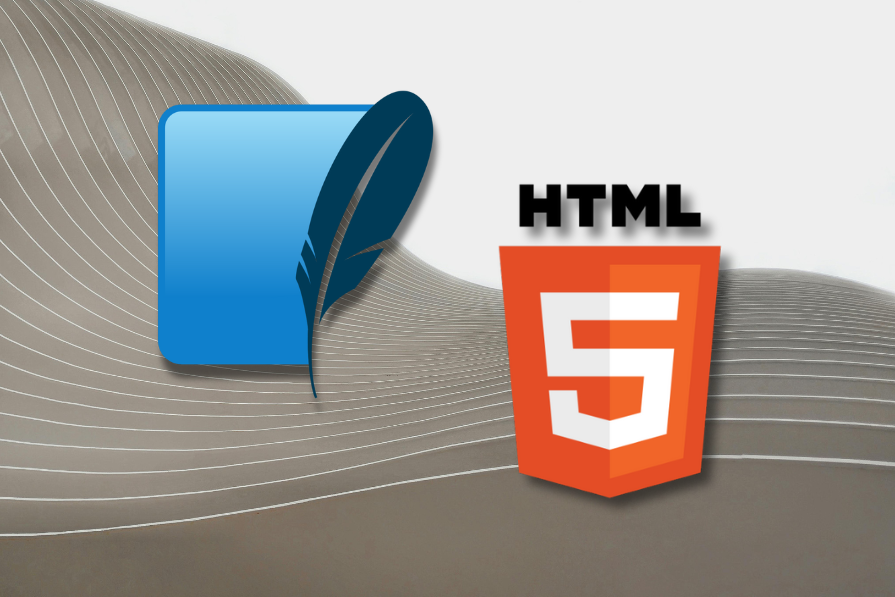
The web has always had an uneasy relationship with connectivity. Most applications are designed as if the network will be […]

Learn how you can use AI agents to automate workflows, boost productivity, and choose the right tools while avoiding common pitfalls.

A practical tutorial on building real-time AI interactions in Next.js. Stream text, show reasoning, handle edge cases, and create a ChatGPT-style UX with the Vercel AI SDK.

Explore how Slack, Figma, and LinkedIn handle modals. Plus, get expert tips on when to use modals, when to skip them, and what to use instead.

A developer's retrospective on creating an AI video transcription agent with Mastra, an open-source TypeScript framework for building AI agents.
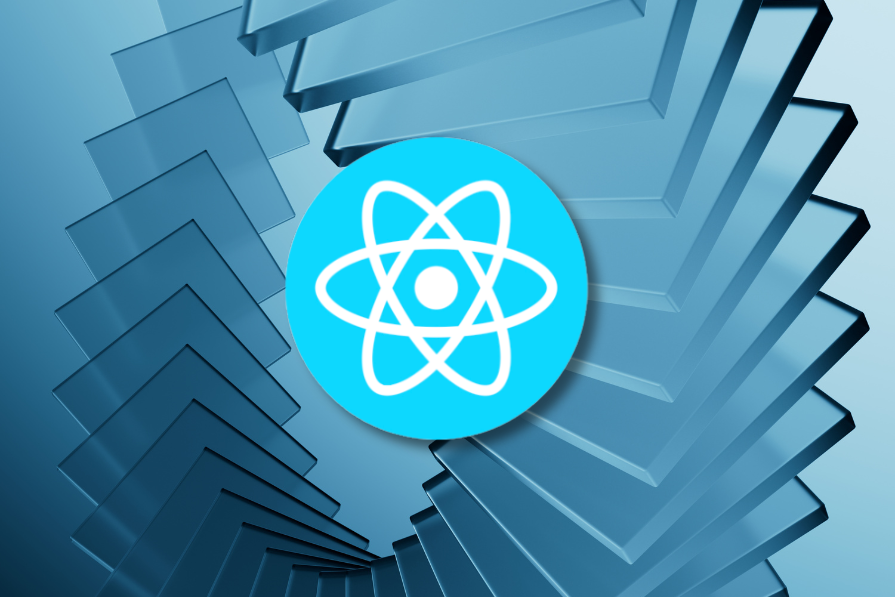
Learn how React Router’s Middleware API fixes leaky redirects and redundant data fetching in protected routes.

Frontend data integrity made simple: TanStack DB transactions deliver atomic updates, rollbacks, and smooth optimistic UI in a practical Next.js demo.

Move fast, but not recklessly. Learn how to run ethical product experiments that protect users, build trust, and maintain speed.
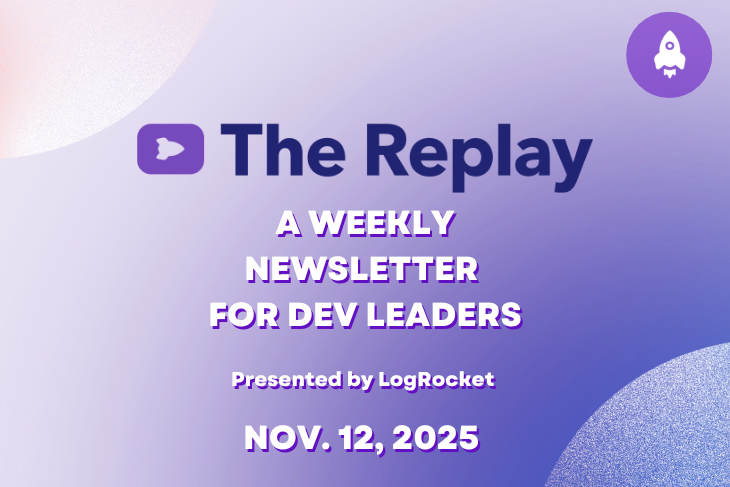
Discover what's new in The Replay, LogRocket's newsletter for dev and engineering leaders, in the November 12th issue.
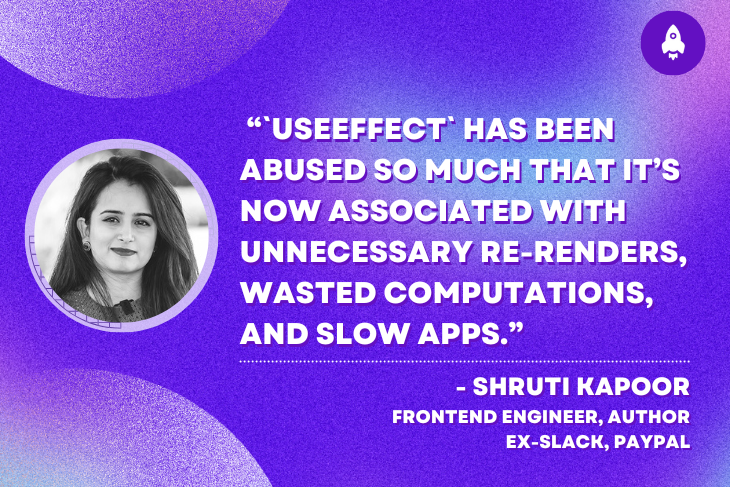
Shruti Kapoor breaks down the confusion around useEffect and goes over 15 common mistakes she's seen in the React apps she's reviewed.
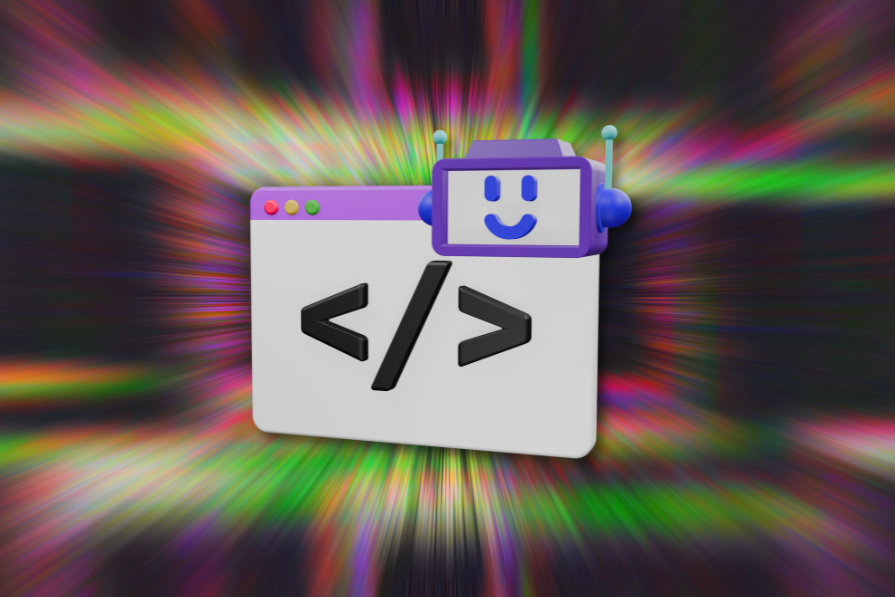
Learn how to prep Figma files for MCP-powered AI coding agents to achieve near pixel-perfect code generation.
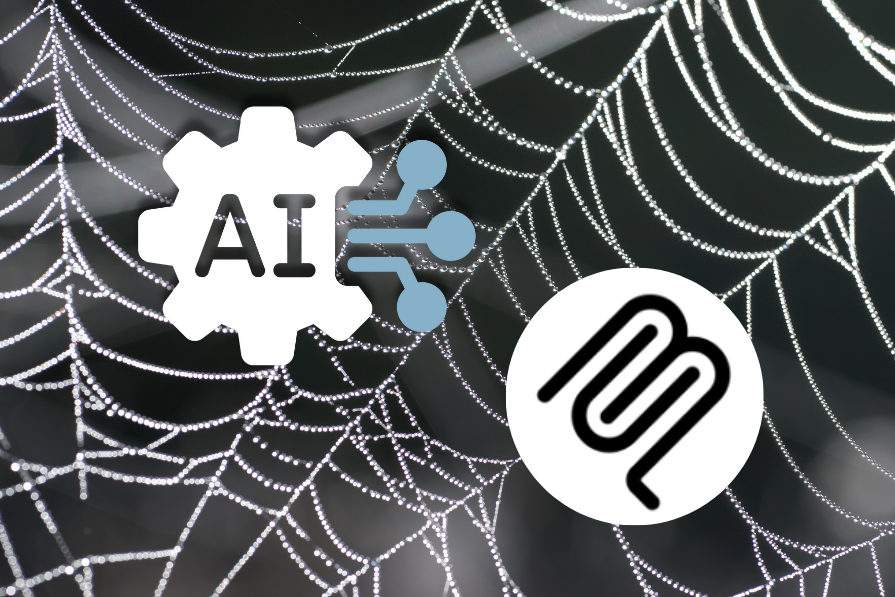
MCP is the ultimate bridge that redefines how AI connects to the open web. Here's how it lets agents act across APIs and automate workflows.

Learn why AI native products break classic SaaS GTM rules and how to grow through distribution, fast learning, and built in social sharing.

Secure AI agents beyond login screens with Auth0’s Auth for GenAI; from token management and human approval to fine-grained authorization.
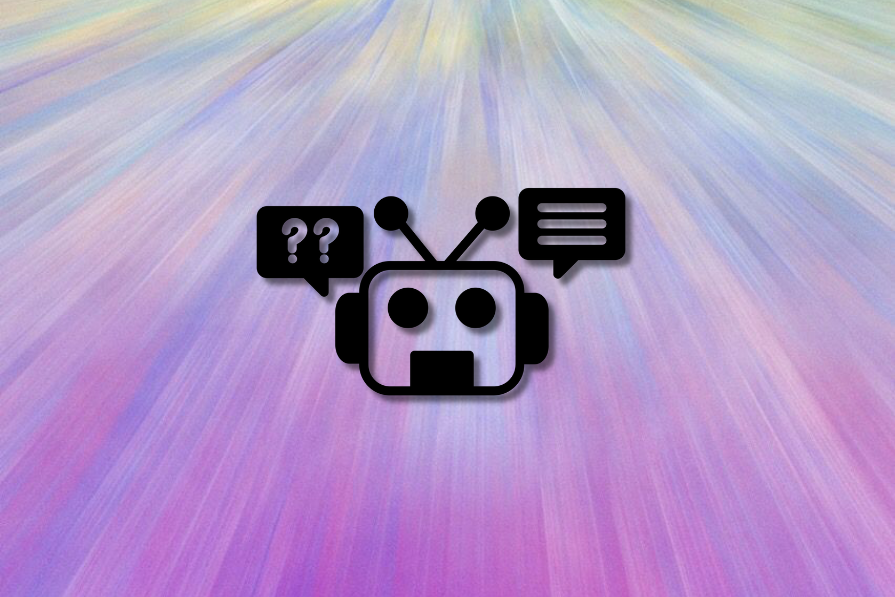
Learn how to build a fully compliant AI chatbot with FTC-mandated safeguards – age verification, safety monitoring, consent systems, and audit logging.

Compare and contrast two CSS components, text-wrap: balance and text-wrap: pretty, and discuss their benefits for better UX.

Remix 3 ditches React for a Preact fork and a “Web-First” model. Here’s what it means for React developers — and why it's controversial.
![AI dev tool power rankings & comparison [Nov 2025]](https://blog.logrocket.com/wp-content/uploads/2025/07/ai_dev_tool_power_rankings_july_2025_web.png)
Compare the top AI development tools and models of November 2025. View updated rankings, feature breakdowns, and find the best fit for you.
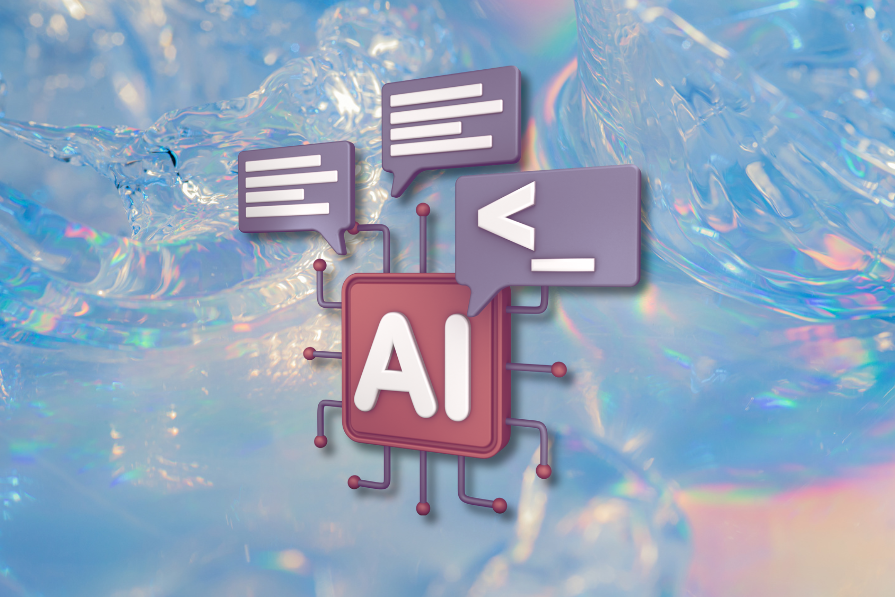
Overusing AI might speed up your workflow but harm your UX. Learn how to keep AI helpful, not harmful, in your design process.
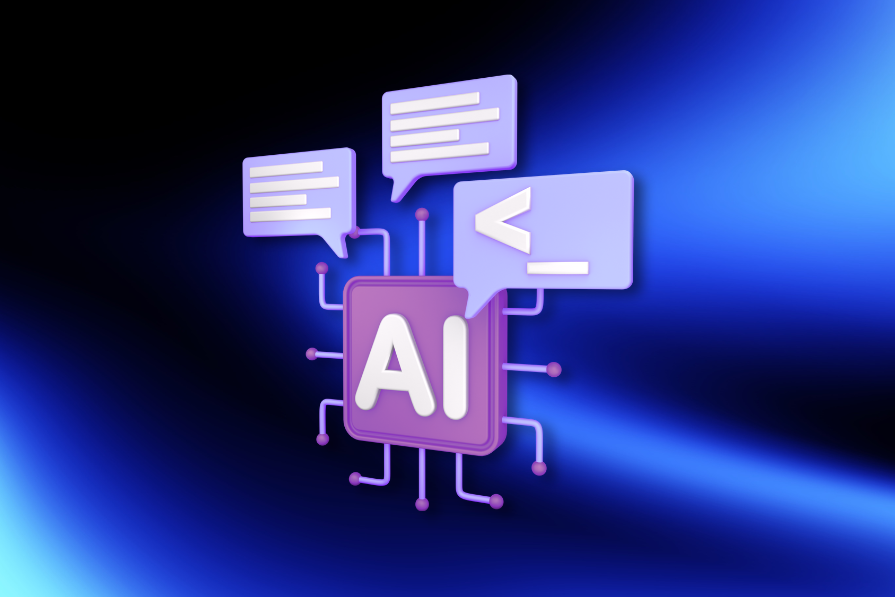
Explore the difference between prompt engineering and prompt design, and how UX designers can shape AI agents with personality and purpose.
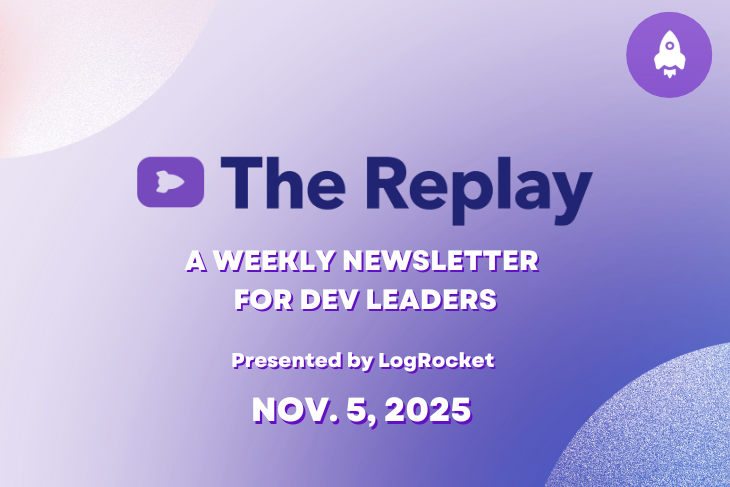
Discover what's new in The Replay, LogRocket's newsletter for dev and engineering leaders, in the November 5th issue.

Most product teams neglect tech debt, slowing growth and frustrating engineers. Learn five practical strategies PMs can use to manage it.
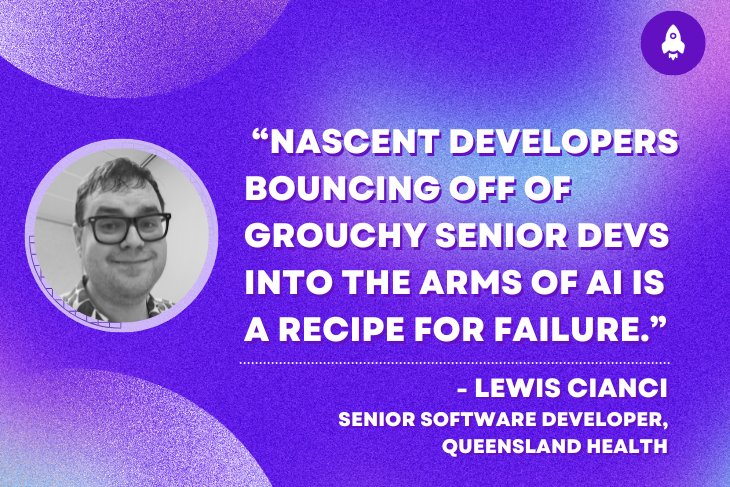
A senior developer discusses how developer elitism breeds contempt and over-reliance on AI, and how you can avoid it in your own workplace.

Learn how to align UX initiatives with product goals, speak in PM metrics, and secure a spot on the roadmap with strong cross-team collaboration.
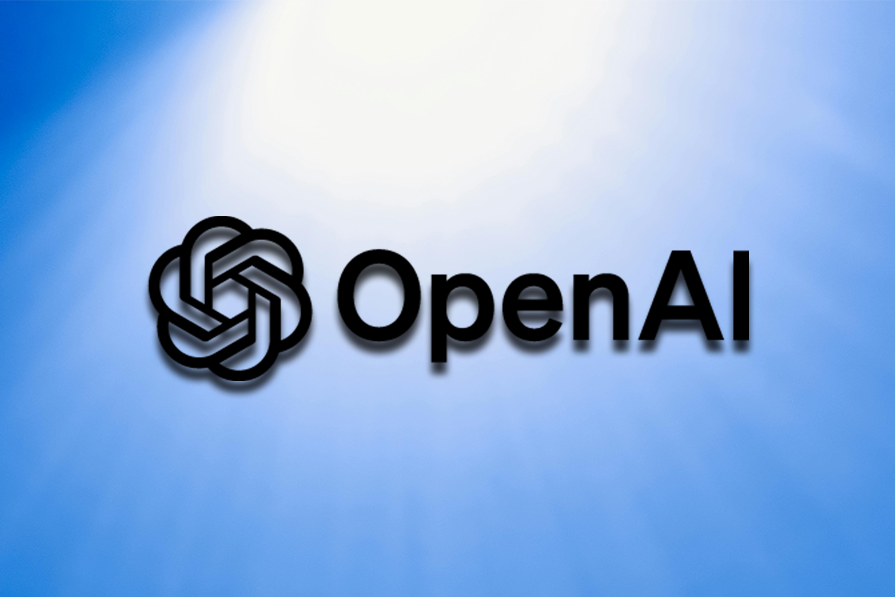
Examine AgentKit, Open AI's new tool for building agents. Conduct a side-by-side comparison with n8n by building AI agents with each tool.

Discover how AI agents and the Model Context Protocol (MCP) are redefining user interfaces, transforming apps into intelligent, conversational systems.

Shift from deterministic product thinking to a portfolio approach that helps PMs manage AI models, risk, and continuous change.

Learn how platform engineering helps frontend teams streamline workflows with Backstage, automating builds, documentation, and project management.

Build an AI assistant with Vercel AI Elements, which provides pre-built React components specifically designed for AI applications.

Great design starts with empathy, not algorithms. Learn how to keep the “human” in UX while integrating AI tools into your process.
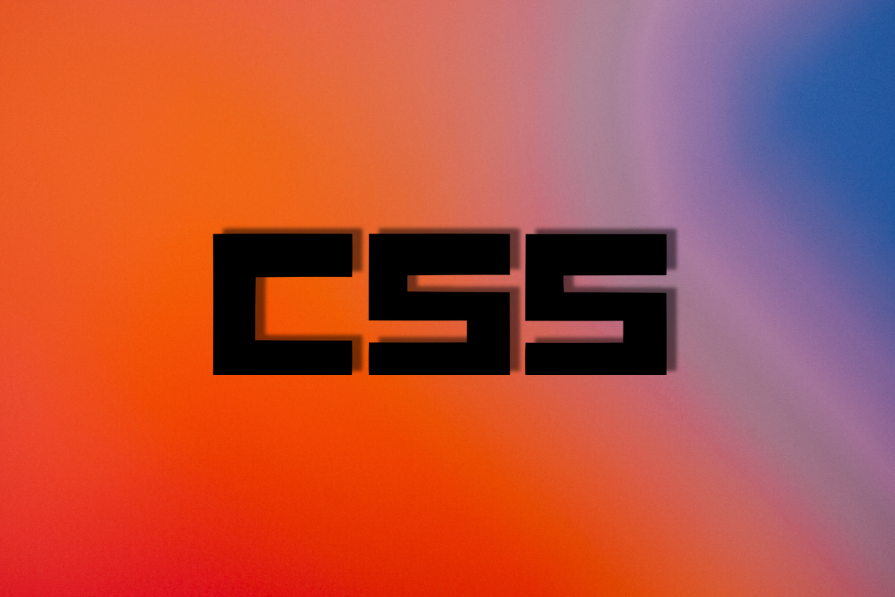
Learn how to use CSS line-clamp to truncate text lines cleanly, handle browser quirks, and avoid common UX issues.
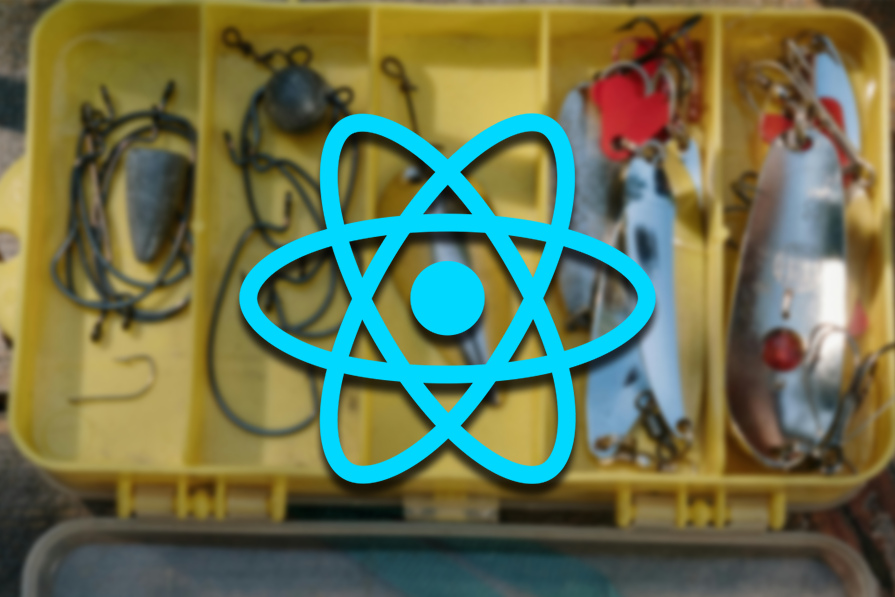
Discover seven custom React Hooks that will simplify your web development process and make you a faster, better, more efficient developer.

Early engineering input drives smarter roadmaps, faster delivery, and more innovative solutions that meet real customer needs.
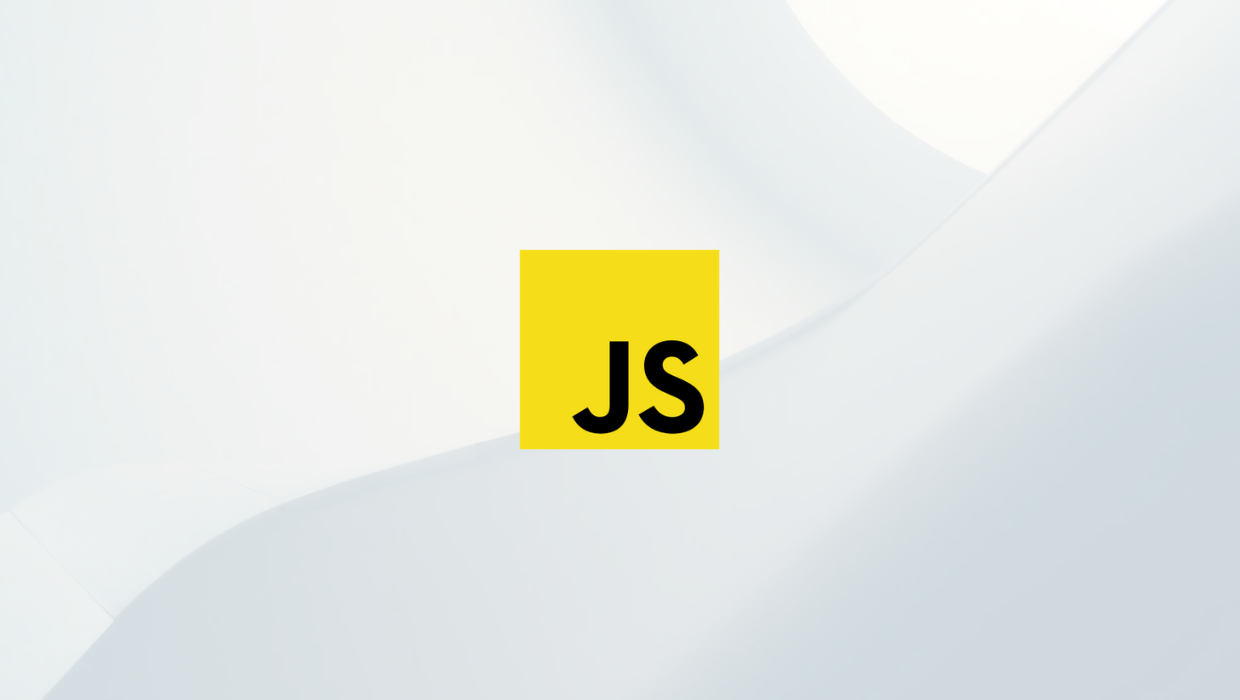
Promise.all remains one of JavaScript’s most powerful async tools, but it’s not always the best choice. Explore when to use it, when to avoid it, and how it compares to modern alternatives in 2025.

The future of UX will be faster, smarter, and way more fun. Here are the shifts I believe will redefine how we design digital experiences.

Discover what's new in The Replay, LogRocket's newsletter for dev and engineering leaders, in the October 29th issue.
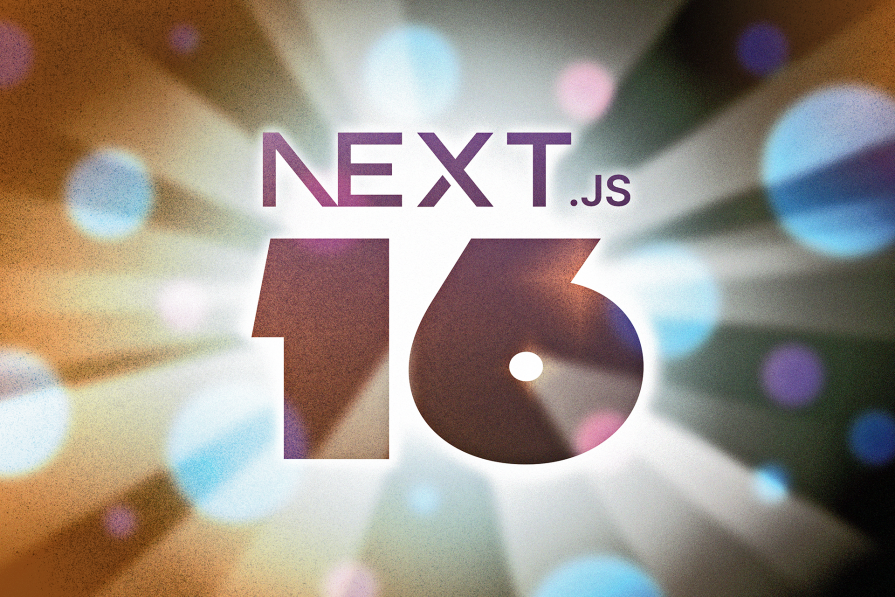
Learn about the new features in the Next.js 16 release: why they matter, how they impact your workflow, and how to start using them.

Vibe coding isn’t just AI-assisted chaos. Here’s how to avoid insecure, unreadable code and turn your “vibes” into real developer productivity.

Bring order to AI-assisted coding with GitHub SpecKit — a toolkit for structured, spec-driven development using Copilot, Claude, or Cursor.

Learn how AI can help PMs plan and run workshops that drive results from preparing agendas to facilitating discussions and summarizing work.

AI-first helpdesks change how users discover help. Explore the UX advantages, challenges, and design strategies behind this emerging support model.
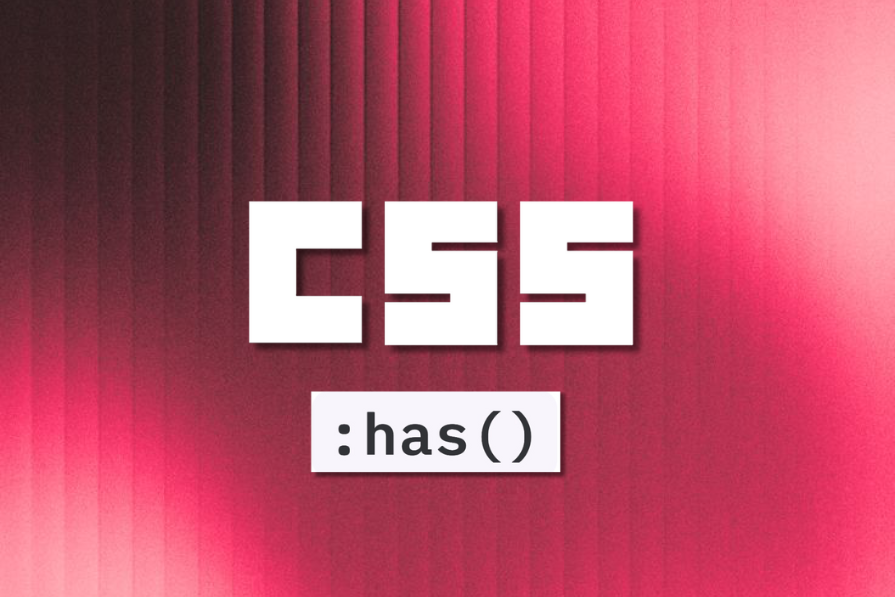
Learn how to use the powerful CSS :has() pseudo-class to simplify parent, sibling, and state-based styling – no JavaScript required.

Discover Kombai AI , a frontend-specialized tool that converts Figma designs into clean, production-ready React and Tailwind code.

Learn how to prepare and launch internal products effectively with real PM examples, readiness pillars, and a practical launch checklist.
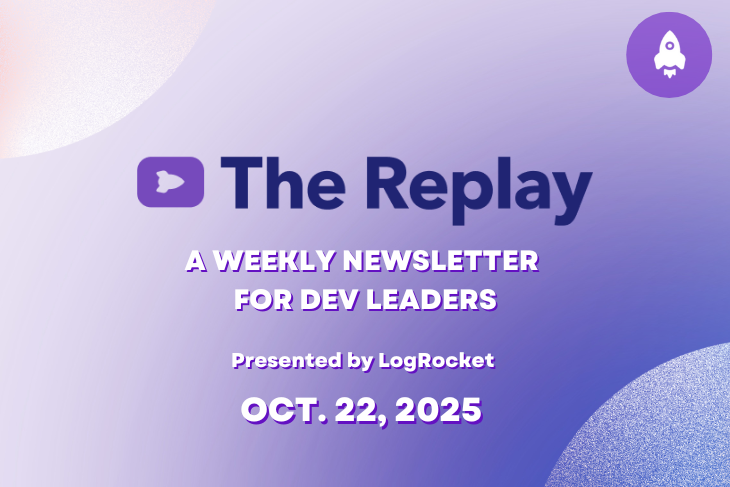
Discover what's new in The Replay, LogRocket's newsletter for dev and engineering leaders, in the October 22nd issue.

Framer’s all-in-one design workflow is changing how we build websites. From AI wireframes to instant publishing, here’s why I believe it’s the next full-stack web design tool.
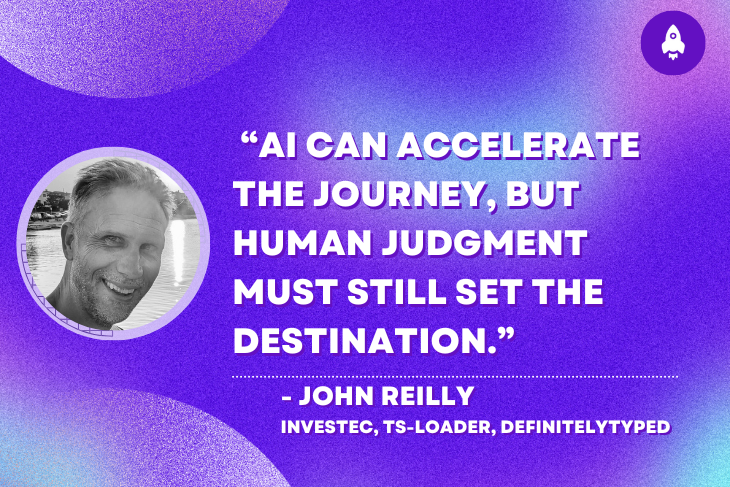
John Reilly discusses how software development has been changed by the innovations of AI: both the positives and the negatives.
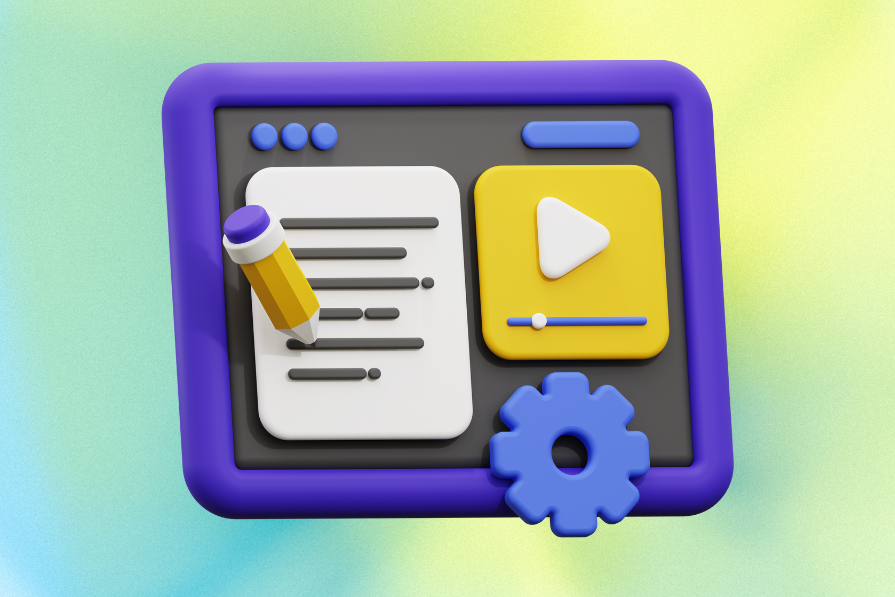
AI can speed up UX content creation, but it can’t replace empathy. Learn how to use AI tools to enhance your UX writing without losing sight of your users.

Learn how to debug with Chrome DevTools MCP server, which provides AI agents access to DevTools directly in your favorite code editor.

Many React apps overuse useState and end up tangled in effects. Learn how smarter state modeling makes your code cleaner, faster, and easier to debug.

Learn how to balance confidence and collaboration as a product leader while building trust, authenticity, and high-performing teams.

Apple’s HIG keeps iOS design consistent. AI helps move things faster. I combined both in a real redesign project. here’s how it changed the outcome.

React 19 breaks old third-party integrations. Here's why concurrent rendering exposes brittle SDKs and how to rebuild them.

Discover why the useEffectEvent Hook is important, how to use it effectively, and how it compares to useRef.

If you use Shadcn for UI components, version 3.0 is worth your time. It introduces multi-registry support, private libraries, and even natural language search. Let’s break it down.

Zod’s flexibility comes at a cost. Why is Zod slower than AOT-compiled validators like Typia? And how do we fix it?

Data shows you what users do, not why. Learn how blending qualitative and quantitative insights fuels real product innovation.
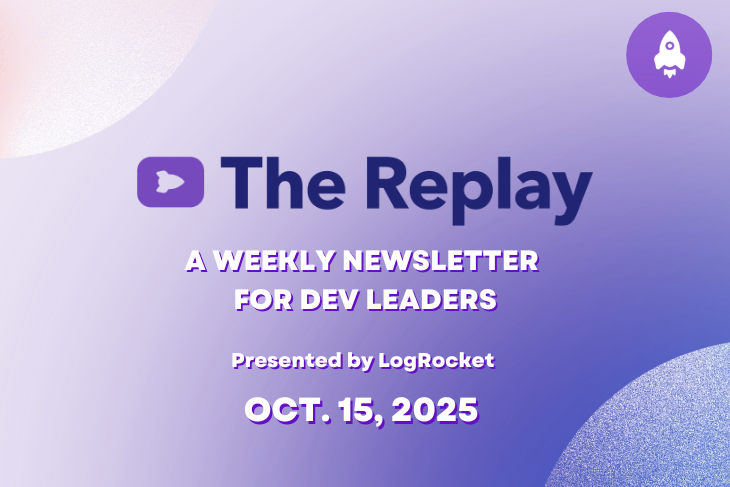
Discover what's new in The Replay, LogRocket's newsletter for dev and engineering leaders, in the October 15th issue.
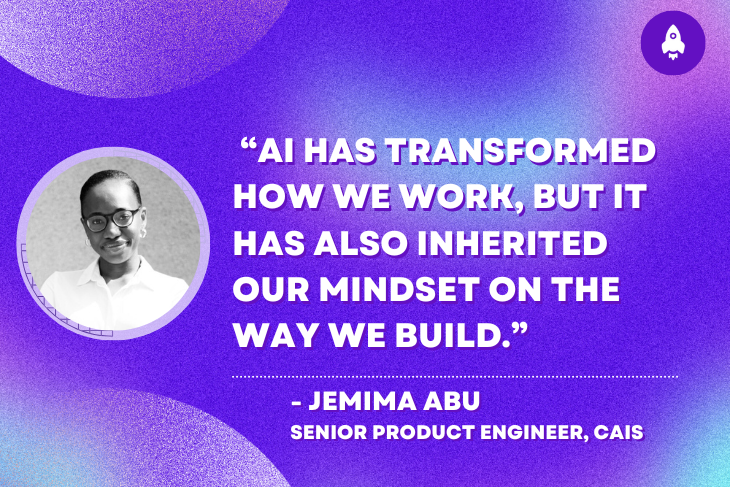
Jemima Abu examines where AI falls short on accessibility and how we can best harness AI while still building products that everyone can use.

Feeling overwhelmed by endless PM tasks? Learn simple, proven strategies to stay organized, focused, and in control of your workload.
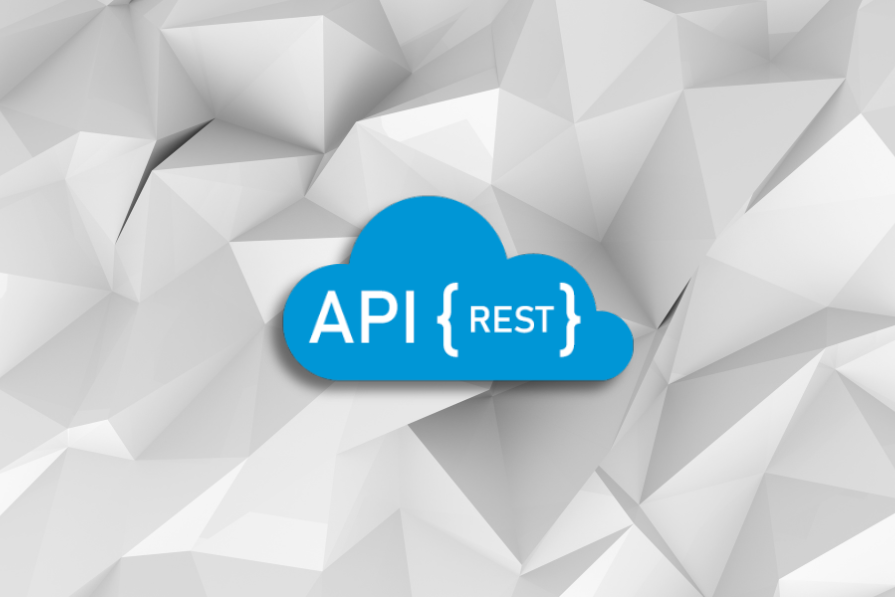
Writing REST APIs by hand is a thing of the past. Frameworks like tRPC, Fastify, and Hono eliminate boilerplate with schema-driven design, improving speed and safety.
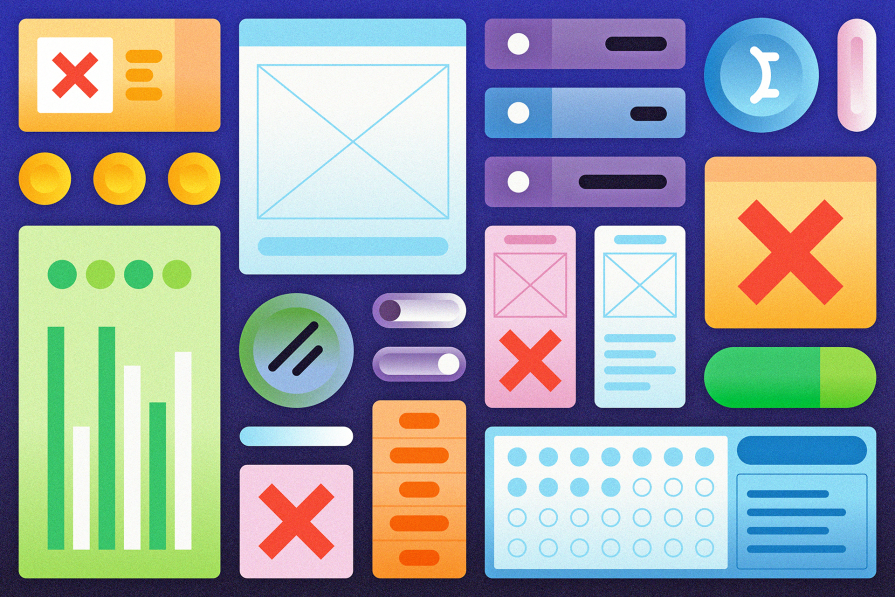
Good DX helps developers build faster, but it’s not enough. Learn why component libraries fail teams and how to build design systems that truly scale.

Trust is your silent conversion driver. In this piece, we show how real brands use design psychology to make users feel safe, seen, and ready to buy.

Avoid the AI hype trap. Learn how PMs can balance ambition and honesty to build trust, avoid overpromising, and deliver real value.

Discover what's new in React 19.2, which features long-awaited features like the Activity API and the useEffectEvent Hook.

Hooks and Signals take different paths to reactivity. Learn how React and SolidJS manage state, updates, and performance in modern frontend apps.

Unsure if your product needs a facelift or a full rebuild? Here’s how to decide how deep your UX redesign should go without wasting time or budget.

Discover how the Chakra UI MCP server integrates AI directly into your editor, reducing context switching and accelerating frontend development.
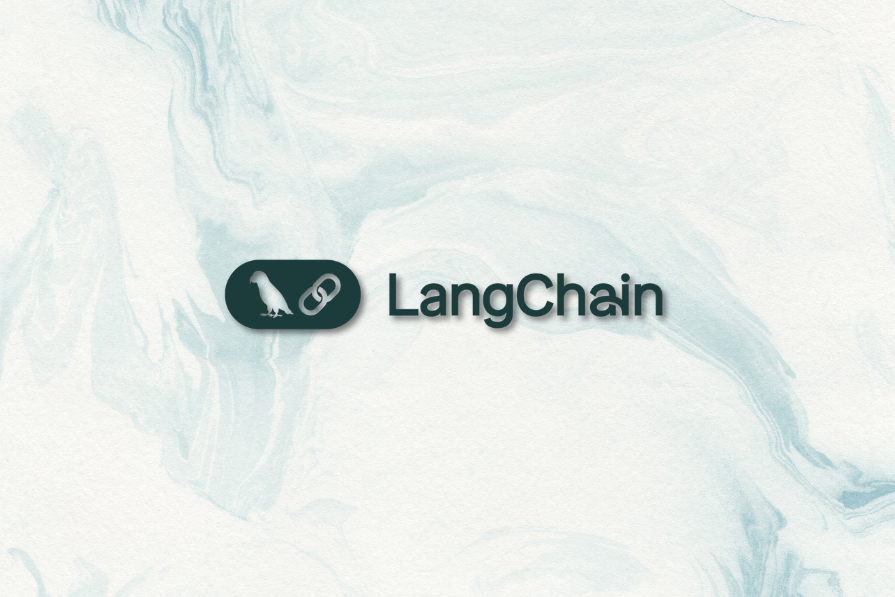
Skip the LangChain.js overhead: How to build a Retrieval-Augmented Generation (RAG) AI agent from scratch using just the native `fetch()` API.

Learn how to diagnose issues, rebuild trust, and re-energize an underperforming product team to drive better outcomes and stronger results.
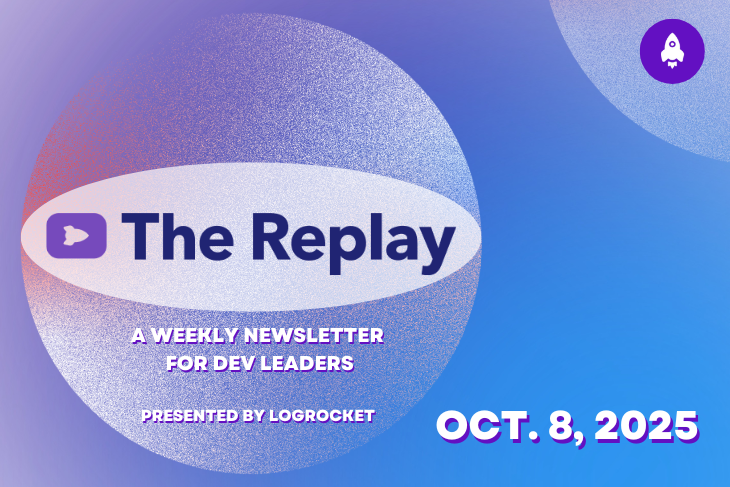
Discover what's new in The Replay, LogRocket's newsletter for dev and engineering leaders, in the October 8th issue.

Want to stand out without shouting? These underrated UX skills won’t just polish your portfolio. They’ll make you the designer teams rely on.
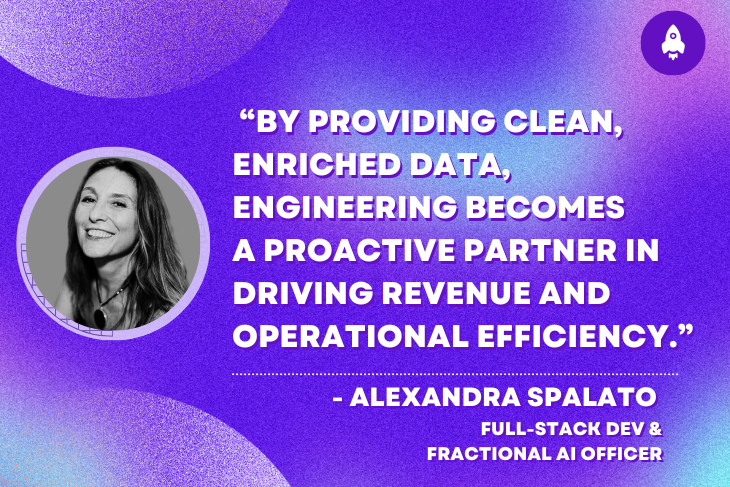
Walk through building a data enrichment workflow that moves beyond simple lead gen to become a powerful internal tool for enterprises.

Learn how to use slower UX to spark emotion, strengthen storytelling, and make your product more memorable.

Explore DesignCoder, a hierarchy-aware and self-correcting approach to AI-generated UI, and what it means for frontend devs and enterprises.

Story beats strategy in early-stage products. Learn why a clear narrative drives alignment, investors, and early adopters before OKRs matter.

Learn when to use TypeScript, Zod, or both for data validation. Avoid redundant checks and build safer, type-sound applications.

Discover how WebAssembly 3.0’s garbage collector, exception handling, and Memory64 transform Wasm into a true mainstream web platform.

Stop AI from guessing ShadCN props. Learn how the shadcn/ui MCP server gives agents live component access for accurate, working code.

I rebuilt our order form from scratch. The result? A 95% drop in support tickets and a smoother experience for everyone.

Learn how to structure Rust web services with clean architecture, Cargo workspaces, and modular crates for scalable, maintainable backends.

Discover how ECRS helps product managers eliminate waste, simplify workflows, and drive efficiency across fast-growing teams.
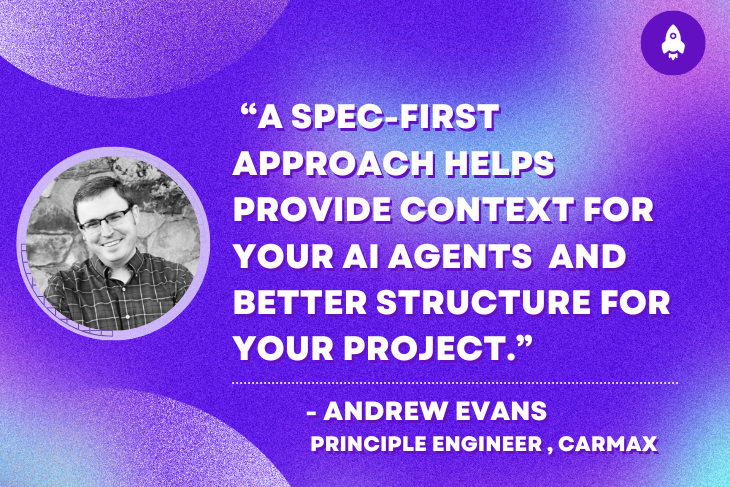
Andrew Evans gives his take on agentic AI and walks through a step-by-step method to build a spec-first workflow using Claude Code.

Build local-first, reactive apps with TanStack DB. Learn live queries, optimistic mutations, and offline sync while creating a task manager in React + TypeScript.

I used to leave reviews with 20+ changes. Then I learned to lead with story, not screens and cut rework overnight.

Follow this step-by-step guide to building a full-stack recipe application with TanStack Start, the new full-stack React framework.

Turn your SaaS product into a platform by spotting key signals, avoiding common traps, and building for scale, reuse, and integration.

Learn how to manage React state with URL query strings. Explore tools, benefits, pitfalls, and when this approach makes sense.
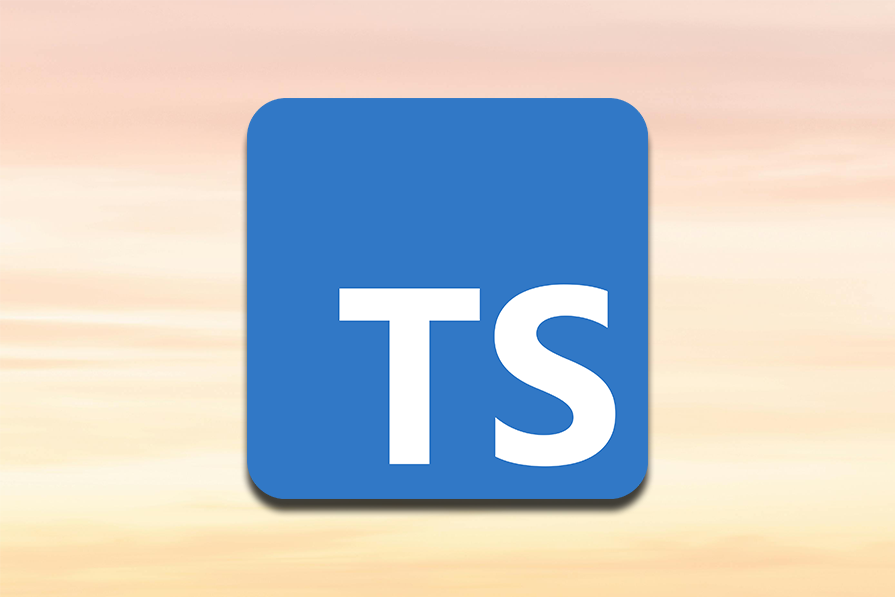
Explore the key features of TypeScript 5.9, including the redesigned tsc --init command, import defer syntax, expandable hovers, and more.

Better Auth promises flexible, type-safe authentication. See setup, features, and how it compares to Clerk, NextAuth, and Auth0.

Prototyping turns static designs into living blueprints. See how it saves UX teams from rework, missteps, and costly misunderstandings.

Read one developer's detailed account of using a screen reader to learn more about a11y and build more accessible websites.

Learn why the shift from three-in-a-box to full-stack product leads is redefining product roles, collaboration, and career growth.

Designers can build their own tools now. Here’s how I vibe-coded 2 micro-apps that save me hours every week.

Learn the differences between declarative, data, and framework modes in React Router v7, with pros, cons, and guidance on when to use each.

Learn how product-led cost management improves margins, maintains velocity, and creates user value through a repeatable playbook.
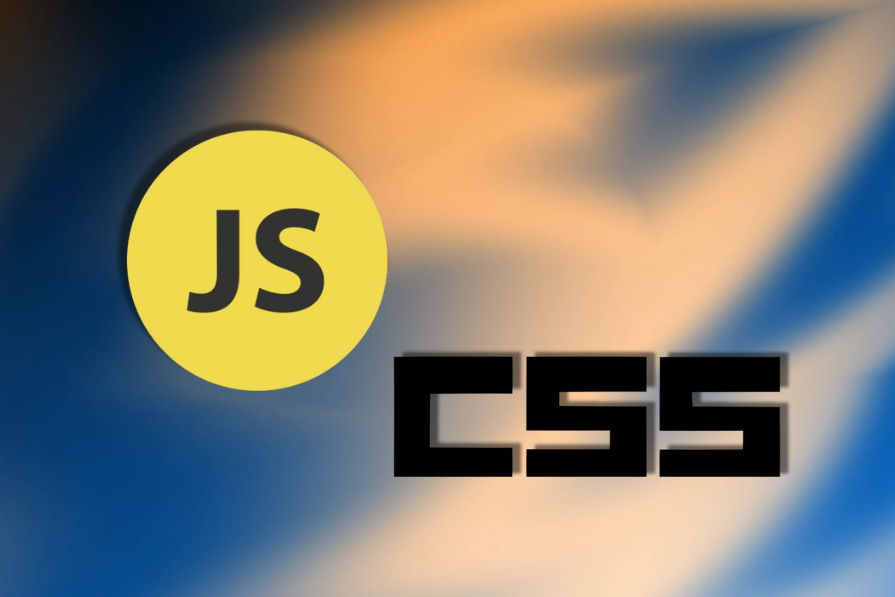
CSS @function introduces dynamic logic to native CSS, letting developers replace Sass and JavaScript utilities for rem conversion, color palettes, and fluid typography.

Discover a handy pattern for routing LLM calls in an “environment-aware” manner, using AI SDK’s middleware.

React Server Components promise performance gains, but hidden pitfalls like caching bugs and loading issues can break your app.

See how unifying screens in a trading platform redesign halved task time and how you can use the same UX principles in your product.

Build smarter frontend chatbots with RAG and LangChain.js. Learn how to add context, improve accuracy, and cut costs with a practical tutorial.

Learn strategies to avoid becoming a bottleneck as a PM by fostering autonomy, reducing approvals, and empowering your team to decide.

Empty states don’t have to be dead ends. See how Slack, Pinterest, Dropbox, and Duolingo turned blank screens into engaging UX moments—and learn how you can too.

Recruiting UX research participants doesn’t have to drain your budget. Explore smarter alternatives to paid recruitment tools and learn how to get quality insights.

Great PMs design strategy as a living process. Explore how to plan for 2026 while balancing alignment with adaptability.

UX is moving past traditional menus. Here are six practical navigation patterns designers can use to reduce cognitive load and improve usability.

Shipping modern frontends is harder than it looks. Learn the hidden taxes of today’s stacks and practical ways to reduce churn and avoid burnout.
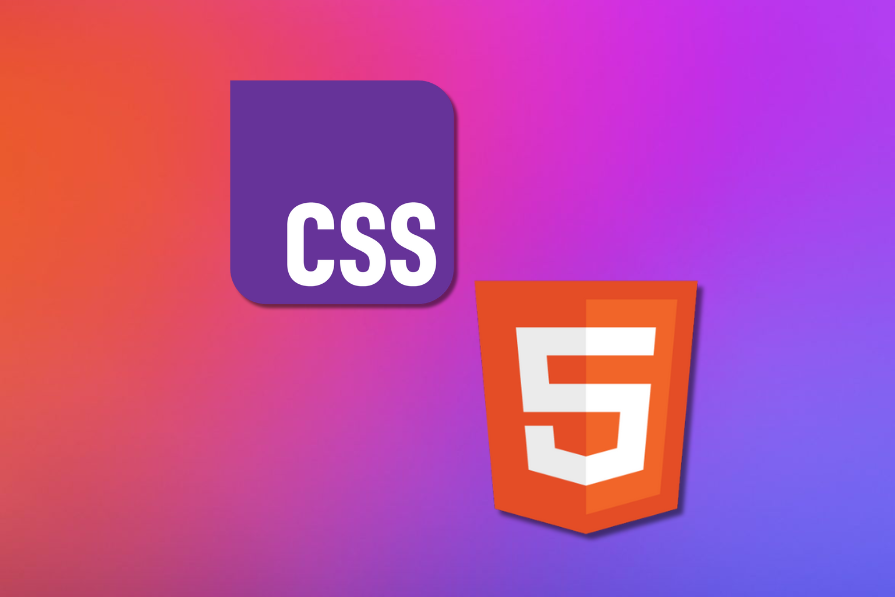
See how native web APIs like dialog, details, and the Popover API simplify accessibility, reduce dependencies, and replace custom components.

Read about how the growth of frontend development created so many tools, and how to manage tool overload within your team.

Learn practical strategies PMs can use to spread ideas, improve collaboration, and shape stronger, more connected product outcomes.

Google Stitch turns text and sketches into UI designs. Learn where it excels, where it falls short, and how it compares to other AI tools.
![AI dev tool power rankings & comparison [Sept 2025]](https://blog.logrocket.com/wp-content/uploads/2025/07/ai_dev_tool_power_rankings_july_2025_web.png)
Compare the top AI development tools and models of September 2025. View updated rankings, feature breakdowns, and find the best fit for you.

UX designers need to ditch vague PRDs. See how prompt sets make AI features testable, predictable, and user-friendly from day one.

Explore the new mode that introduced file-based routing in v7, why it remains optional, and when to use it or stick with a different approach.

Learn how MCP will replace the traditional browser, what this shift means for frontend devs, and how to start prepping for an AI-first future.

Discover how to run a growth workshop that equips your product team to map key drivers, identify levers, and plan experiments that matter.

Learn how Cursor project rules streamline Next.js apps with automated conventions, consistent components, and faster developer onboarding.

See how brands like Dropbox, Spotify, and Zoom reinvented their help desk UX and what you can steal for your own support pages.

Explore the hidden dangers of BaaS, and how frontend-focused teams can use BaaS platforms without suffering from their major risks.
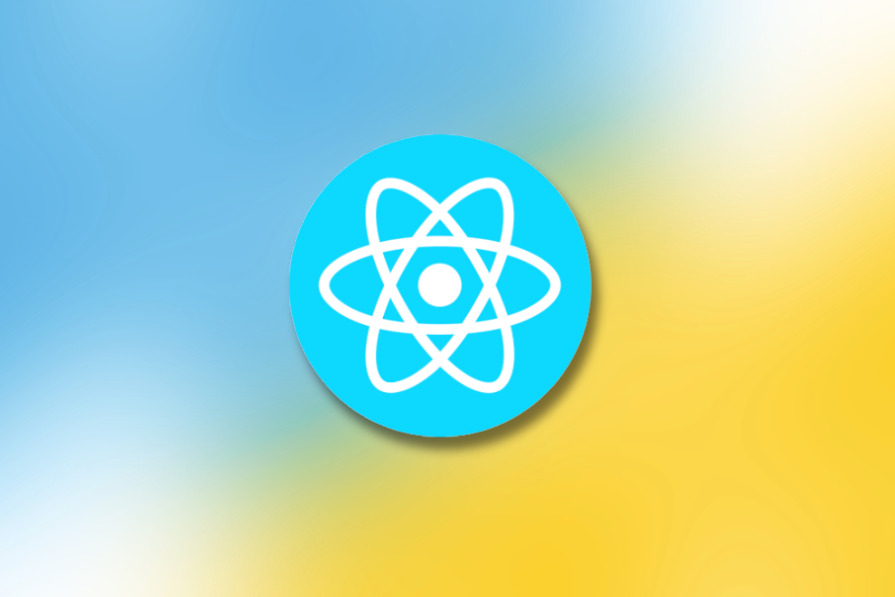
Build a real-time AI chat in React with Fluent-state: handle streaming, async states, derived UI, and side effects cleanly.

Discover why you might be having difficulty with AI coding tools, and learn some practical strategies to work with AI more effectively.

Skipping UX research wastes time and leads to flop features. See how user insights drive adoption, engagement, and lasting product impact.

Learn how Vite surpassed Webpack as the default JavaScript bundler, and what this shift means for your stack and the future of JS build tools.

Streamline your product stack with a six step guide to tool consolidation. Cut costs, reduce silos, and boost team efficiency.

Explore how Stack Overflow’s slow collapse affects programming and the possible future for Stack Overflow vs. generative AI competition.

Learn how to build multimodal AI interactions to process images, audio, and even real-time video streams, using Next.js and Gemini.

Turn AI from a threat into a partner in UX design by refining workflows, avoiding pitfalls, and keeping human skills central.

Check out Kiro, AWS's AI-powered IDE, see what makes it different from other AI coding tools, and explore whether it lives up to the hype.

Here's how three design patterns solved our Go microservices scaling problems without sacrificing simplicity.

Avoid weak product-market fit and wasted resources. Learn how to narrow broad customer segments into a focused beachhead strategy.

Templates can speed you up or slow you down. Here’s how to avoid the trap and design smarter, not lazier.

Discover Qwen3-Coder, Alibaba’s 480B parameter agentic coding CLI, with real-world tests, use cases, and performance insights.

Learn how to build a cohesive AI strategy that drives measurable impact, aligns with business goals, and improves product workflows.
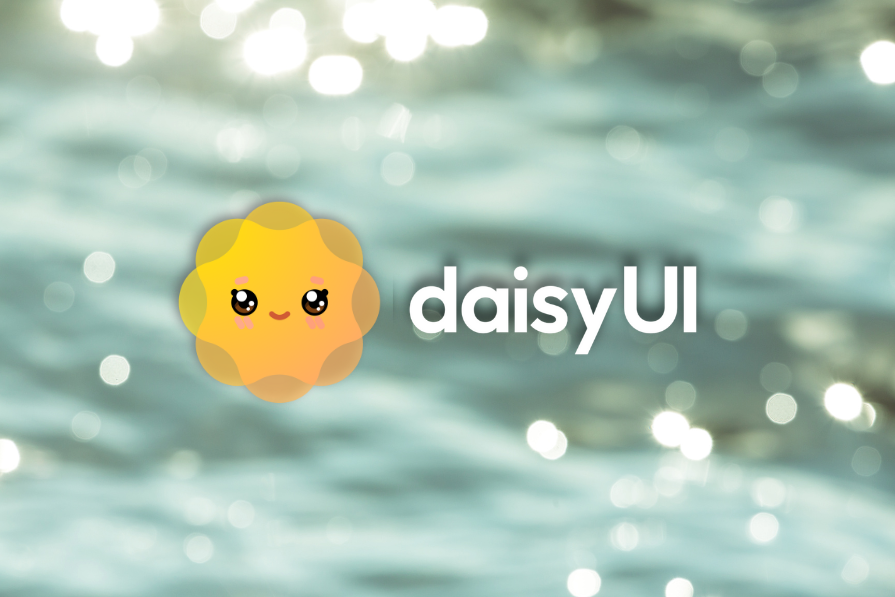
Explore daisyUI 5’s new features, performance upgrades, and theming engine built for Tailwind CSS 4 developers.
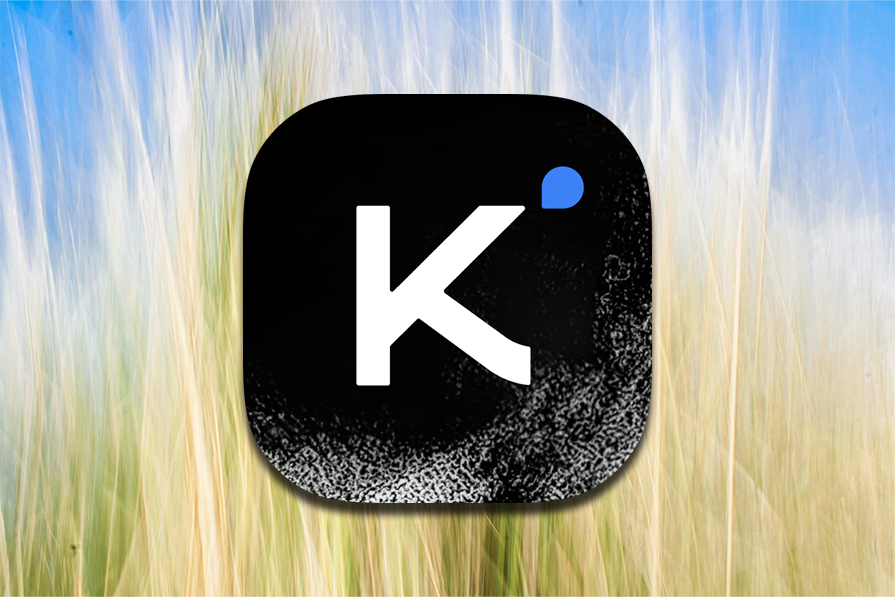
Discover how to integrate Kimi K2 agentic mode into a frontend application, and learn how it compares to DeepSeek.

Motion design can delight users or drive them away. Learn how to avoid common pitfalls, fix performance issues, and use animation to enhance UX instead of hurting it.

Learn why designing for niche user types like first-time, older, or low-connectivity users can boost adoption, loyalty, and market reach.

How did 200+ product managers answer the question: Is PM an art or a science? Find out in this roundup article.

Compare Codex CLI vs Gemini CLI for real-world coding tasks. See strengths, weaknesses, and which AI CLI fits your developer workflow best.

The question isn’t whether Next.js is good or bad; it’s whether the productivity gains are worth the complexity tax.

Learn how the Zeigarnik effect drives engagement and explore UX strategies that keep users motivated to return and complete tasks.
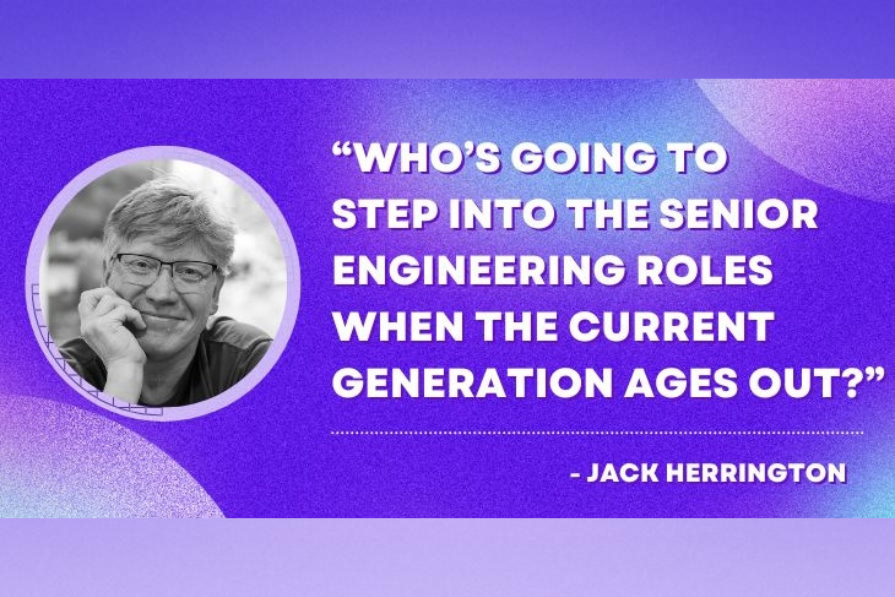
If AI snaps up all of their opportunities to learn, junior engineers can never grow into senior roles. Then who’s left to lead the engineering teams of the future?

Turn interviews, prototypes, and MVP results into clear insights with evidence maps for smarter product decisions.

Tested Grok 4 on real frontend tasks. See how it compares to Claude, Gemini, and Kimi, plus cost, token use, and when to use it for dev work.

Discover how AI personas can transform UX design, from simulating users to co-designing interfaces and boosting team speed and accuracy.

Learn how TanStack Start’s Selective SSR lets you mix server-, client-, and data-only rendering modes for faster, more flexible React apps.

Learn event delegation in JavaScript, optimize event handling, reduce memory use, support dynamic elements, and handle tricky non-bubbling events.
![AI dev tool power rankings & comparison [August 2025 edition]](https://blog.logrocket.com/wp-content/uploads/2025/07/ai_dev_tool_power_rankings_july_2025_web.png)
Compare the top AI development tools and models of August 2025. See updated power rankings, feature-by-feature breakdowns, and find the right fit for your workflow.

Learn how to turn product success into leadership recognition by connecting outcomes to business impact and building visibility.

Learn how top companies and smart UX strategies overcome notification blindness to boost engagement without annoying users.

Learn how to build a metrics tree to align goals, track progress, and prioritize features that drive real product outcomes.
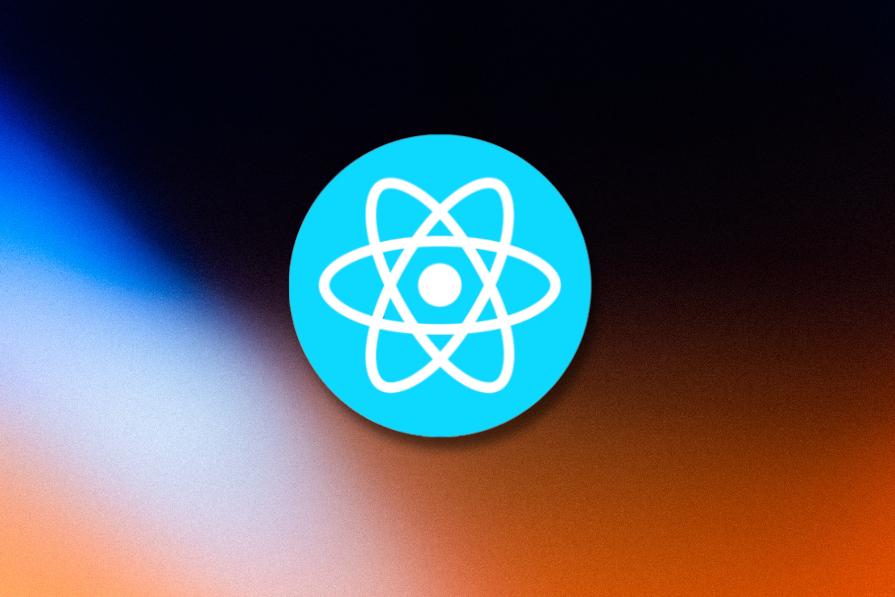
Learn how React’s new use() API elevates state management and async data fetching for modern, efficient components.

Learn how to design AI assistants that are purpose‑driven, user‑focused, and built on trust with reusable UI patterns and clear interactions.

Learn how to design product management workshops that drive alignment, decisions, and strategic outcomes instead of just activities.

Next.js 15 caching overhaul: Fix overcaching with Dynamic IO and the use cache directive.

Analytics helped me stop guessing and start designing smarter. Here’s how it made me a better UX designer.

Discover how to keep outcome-driven teams focused on the big picture and prevent siloed thinking that slows product success.

Explore Windsurf AI’s Cascade agent, IDE integration, pricing, and how it stacks up against Cursor in this hands-on developer-focused comparison.

Learn why attention spans are shrinking and how product managers can foster focus, respect, and better communication at work.